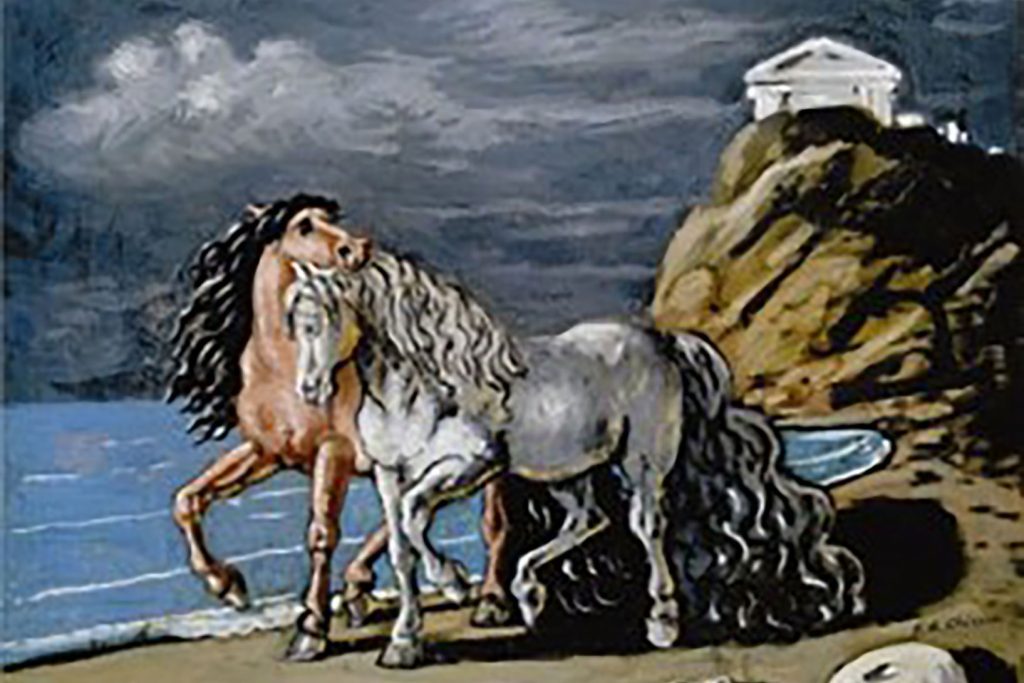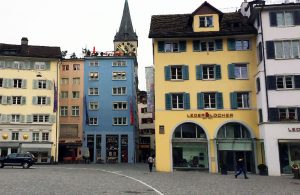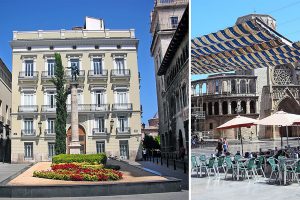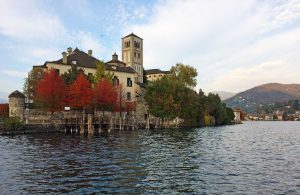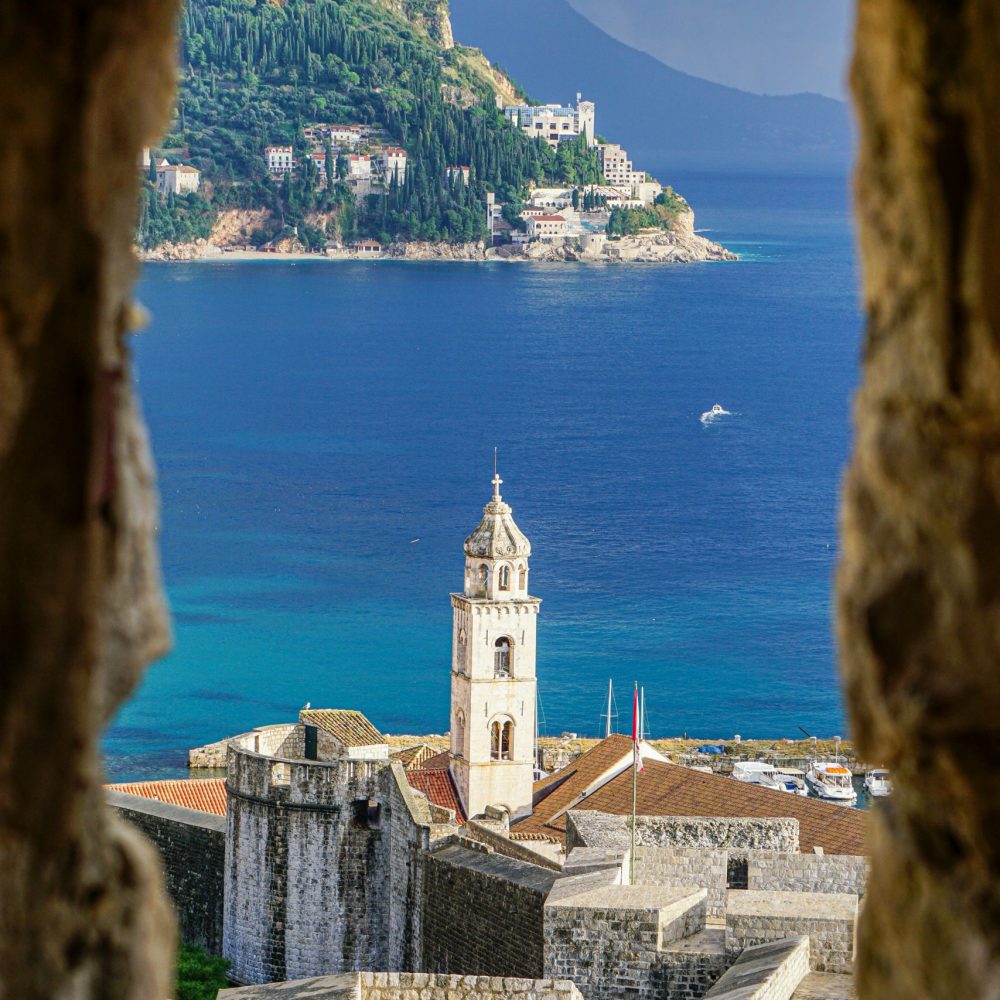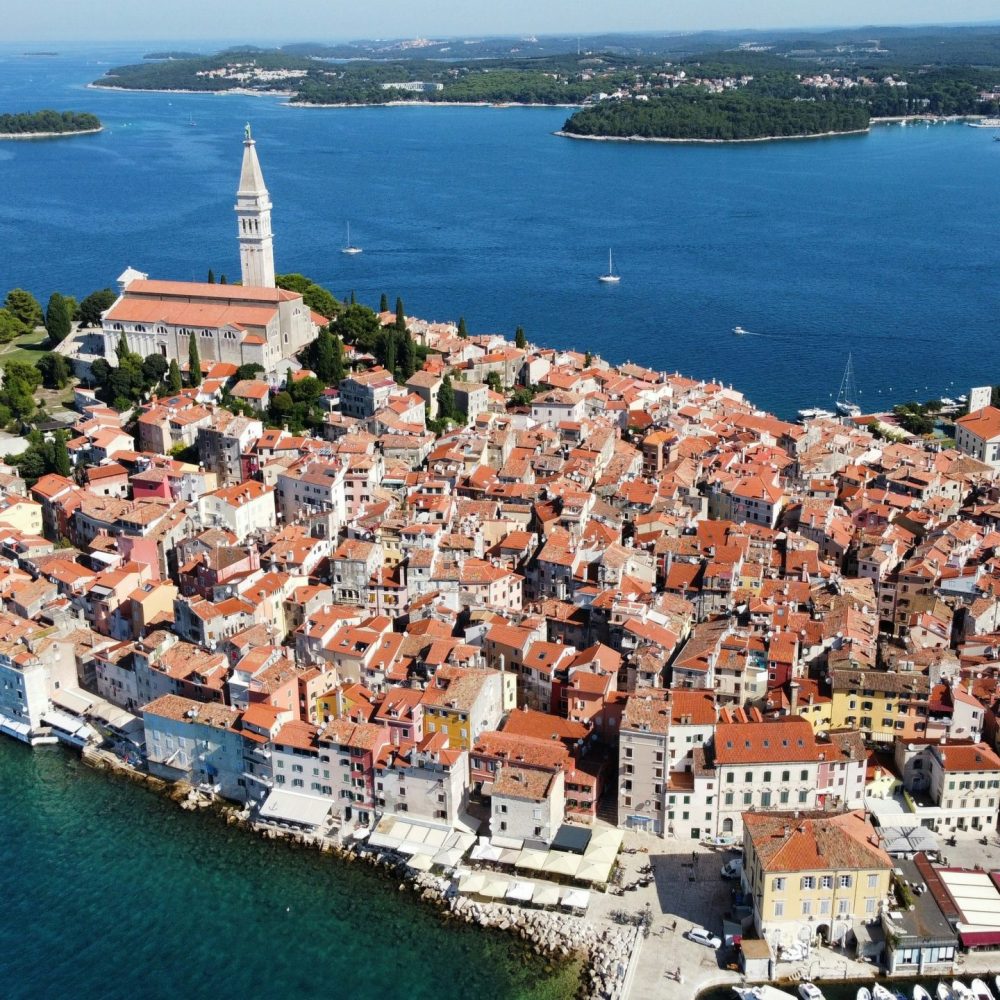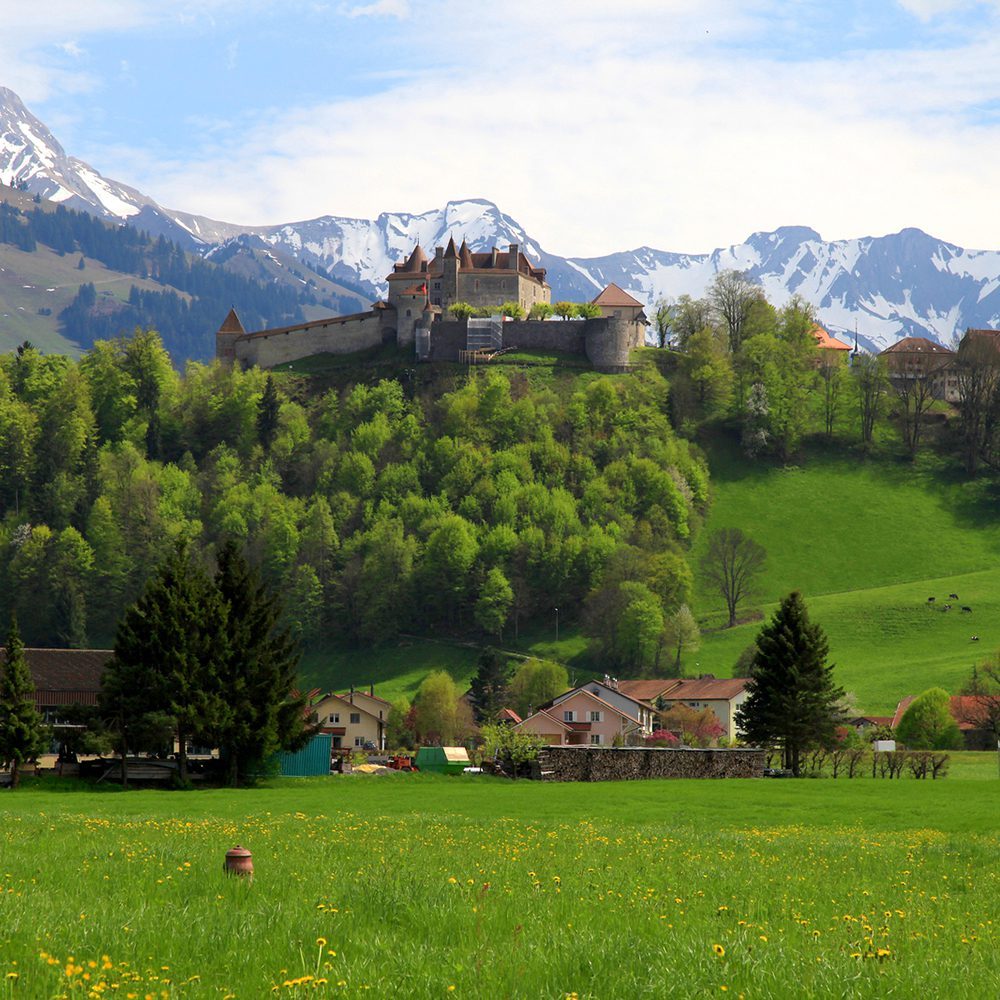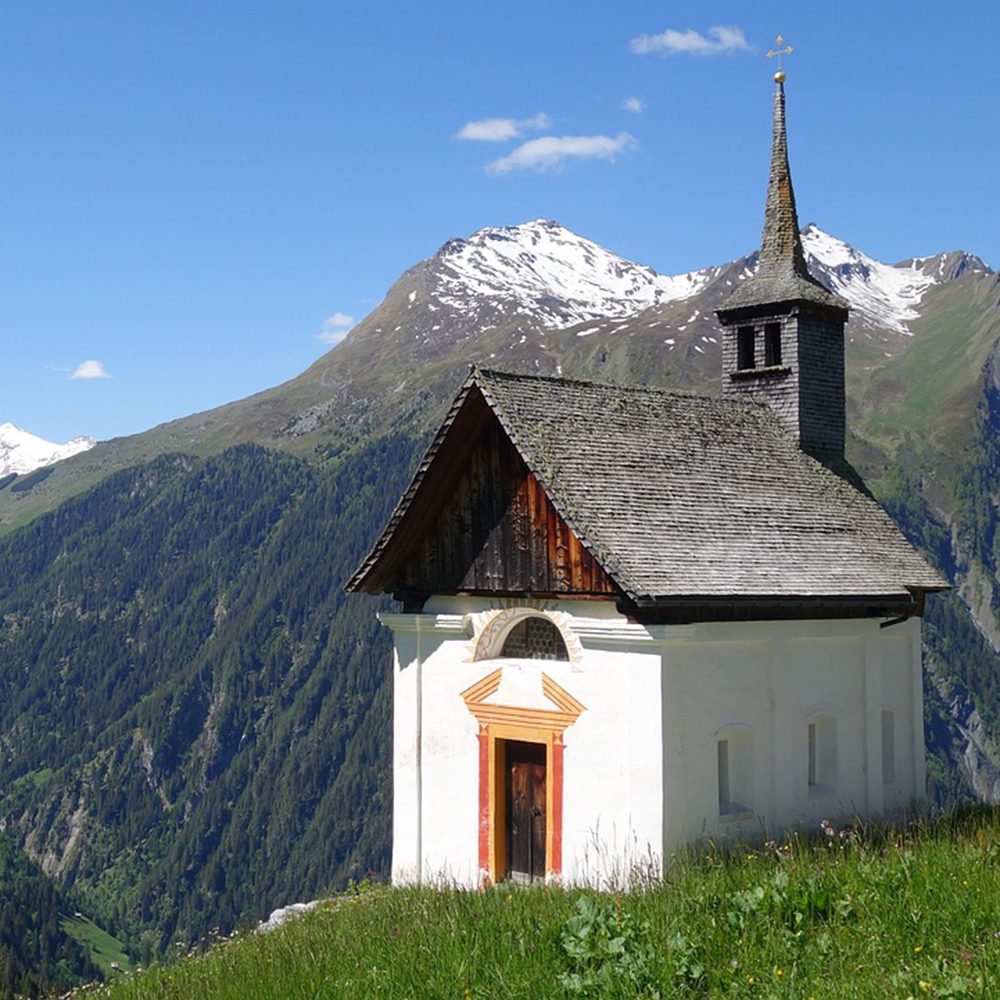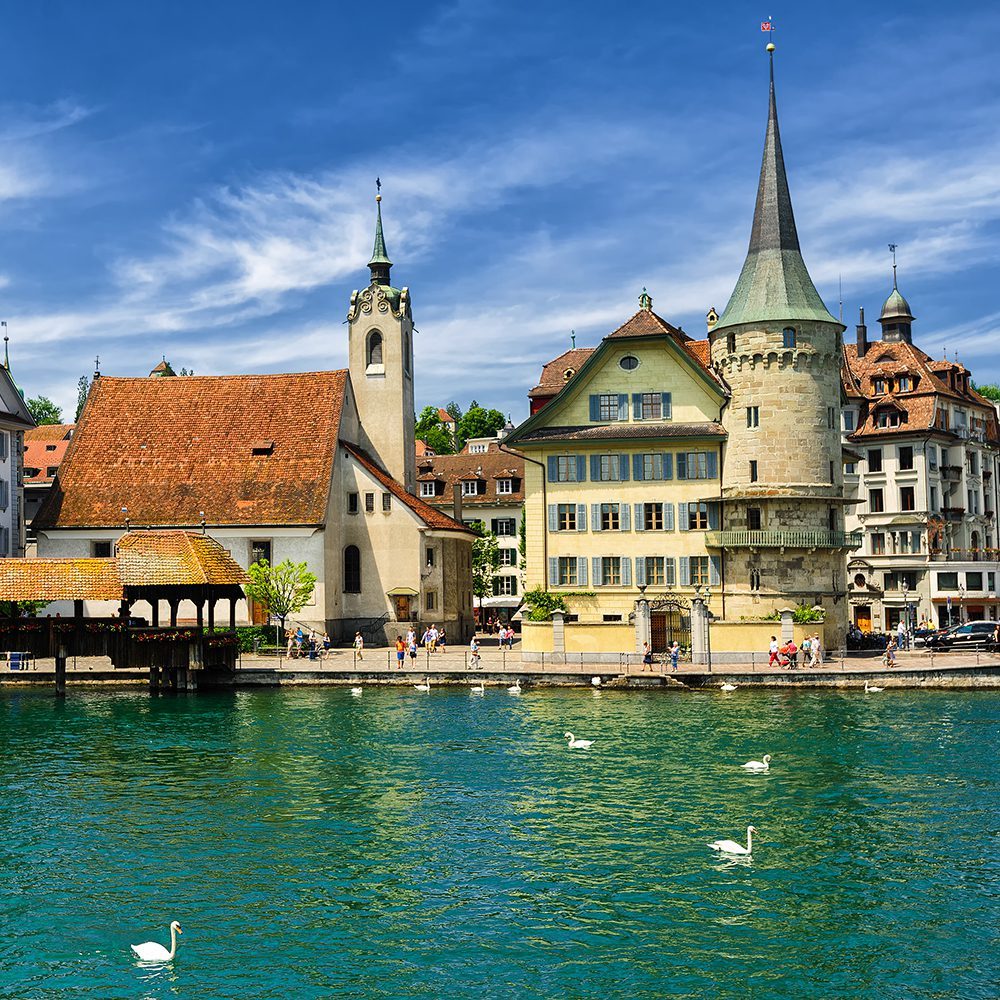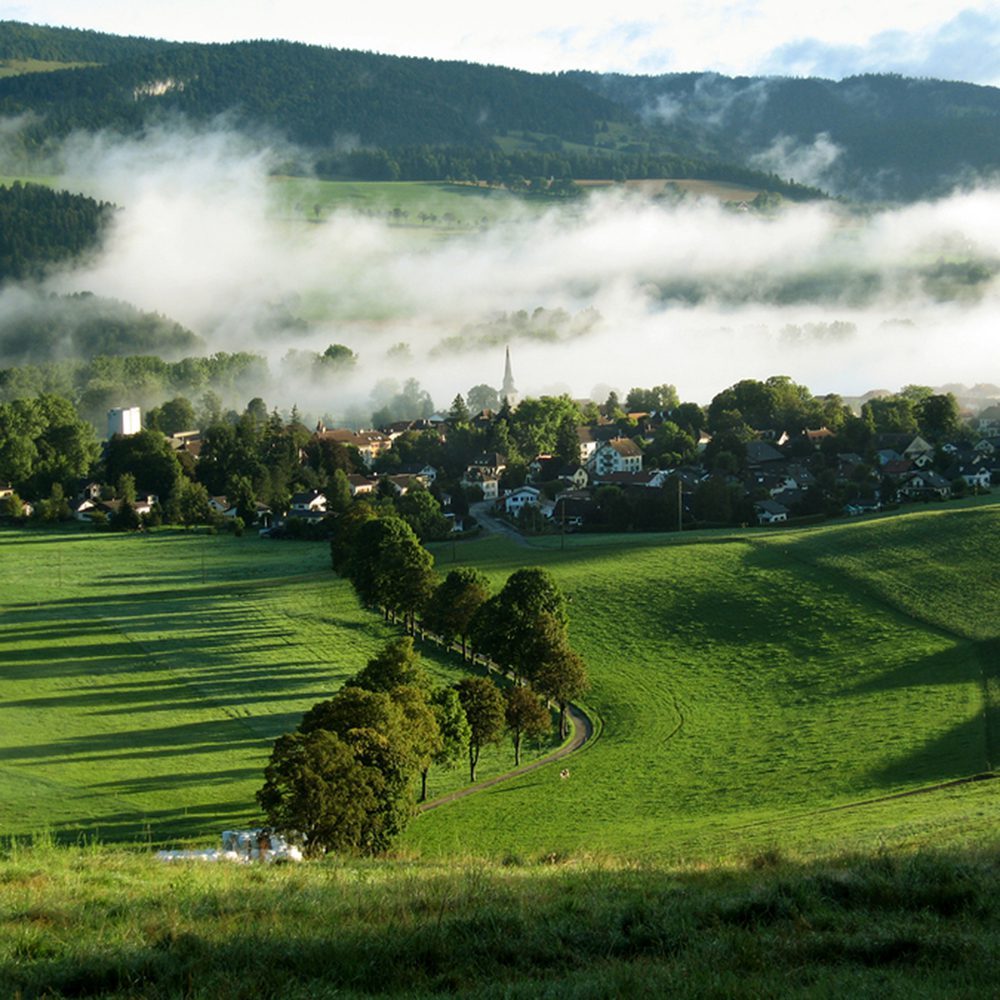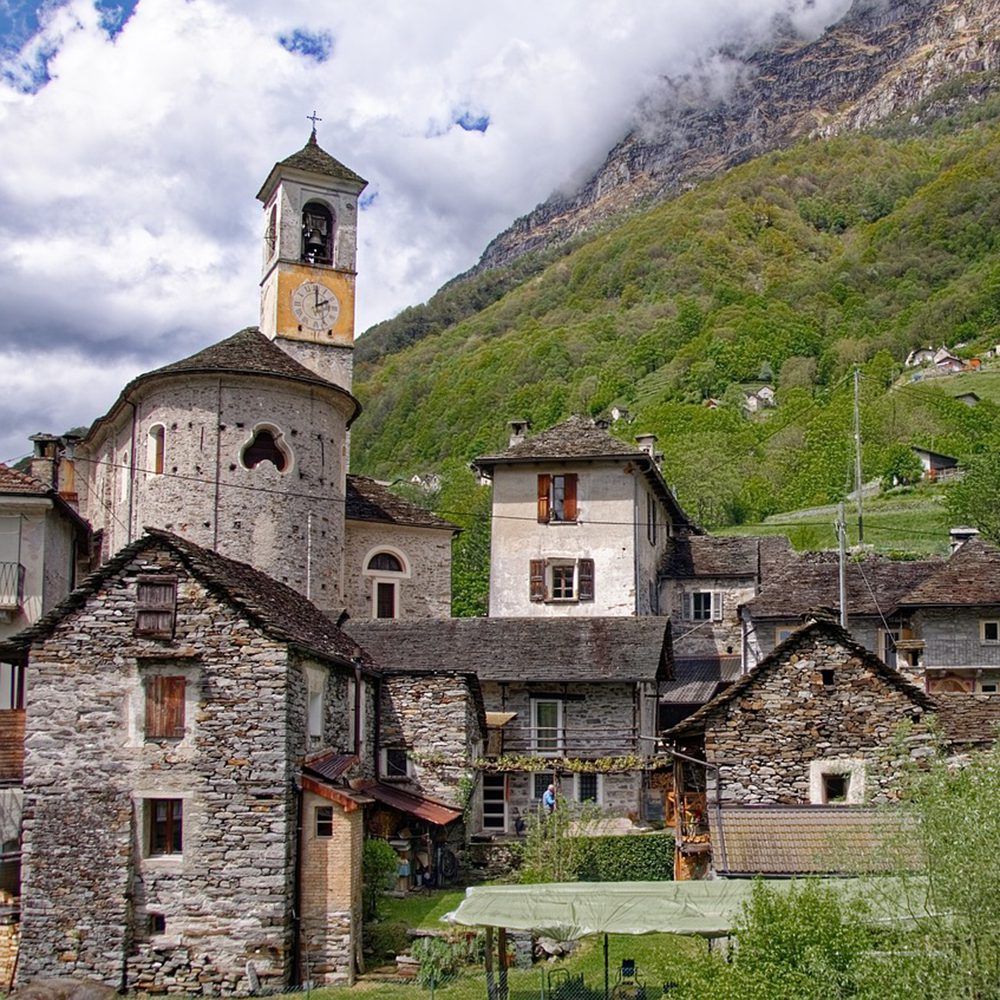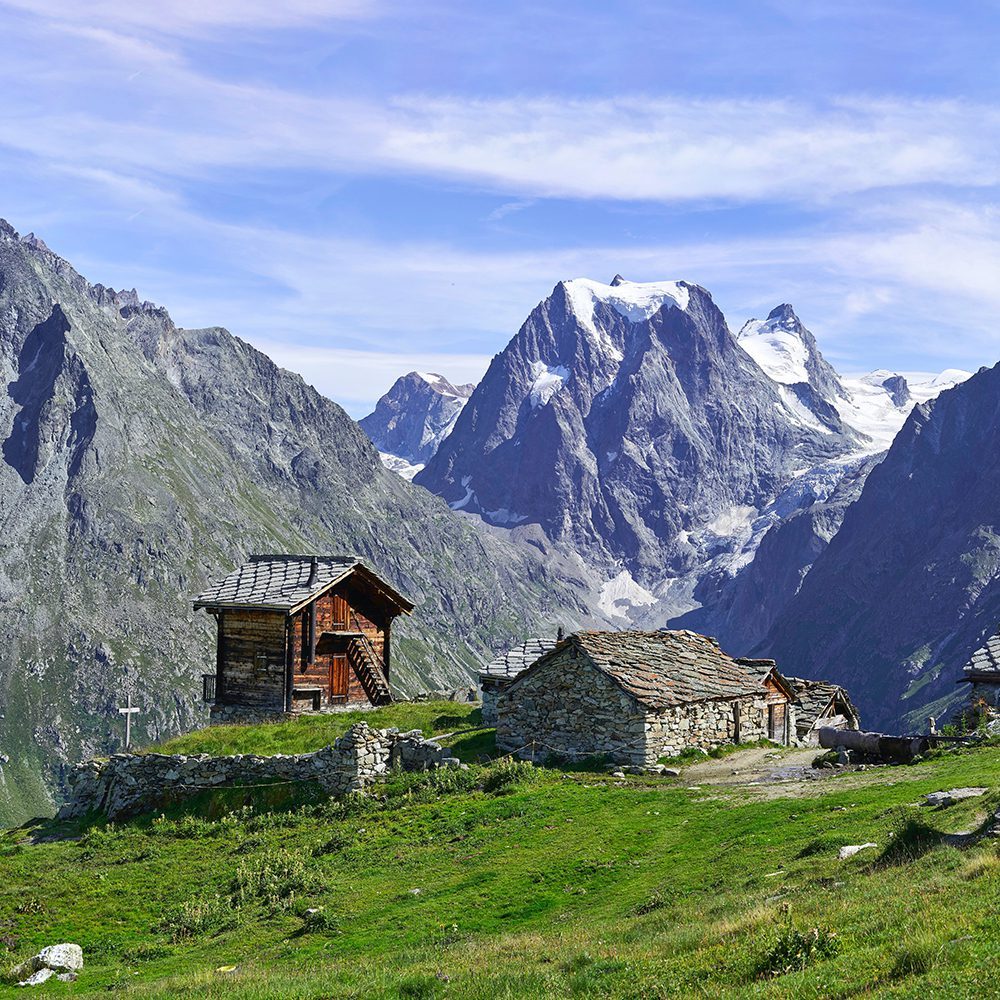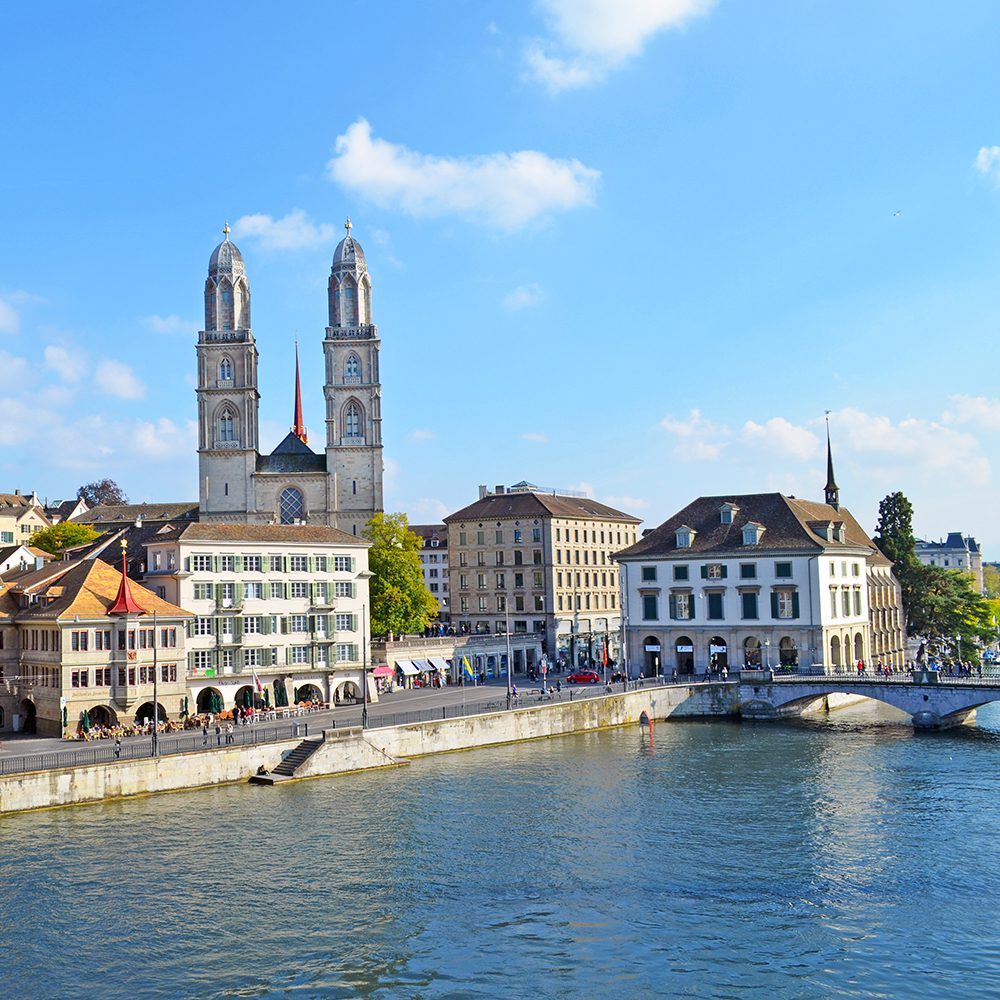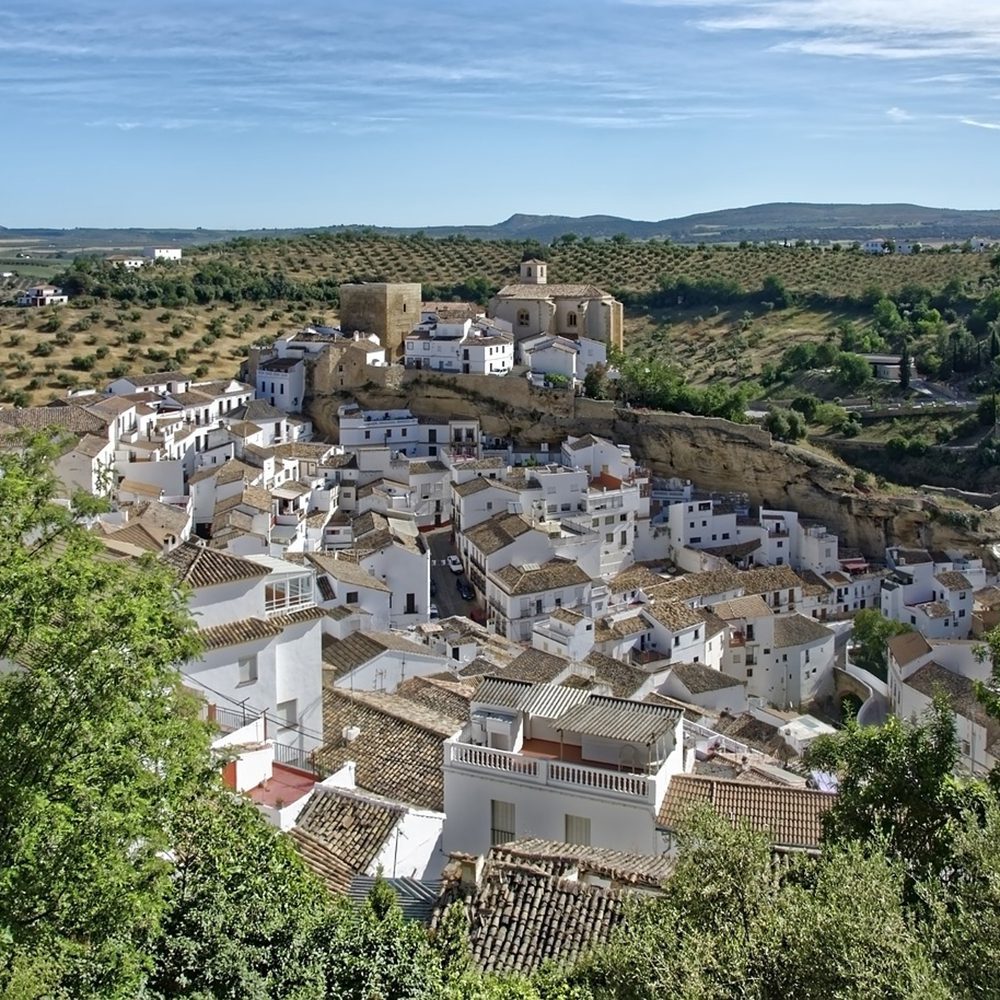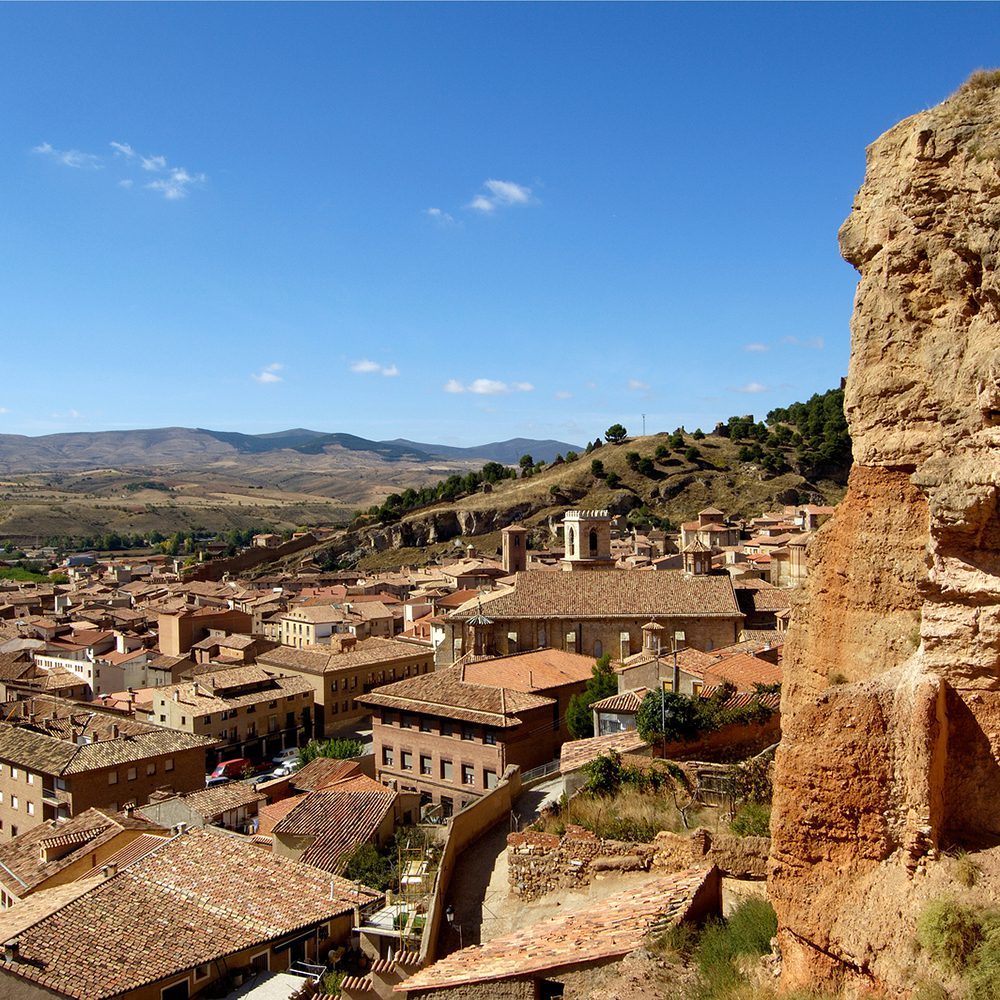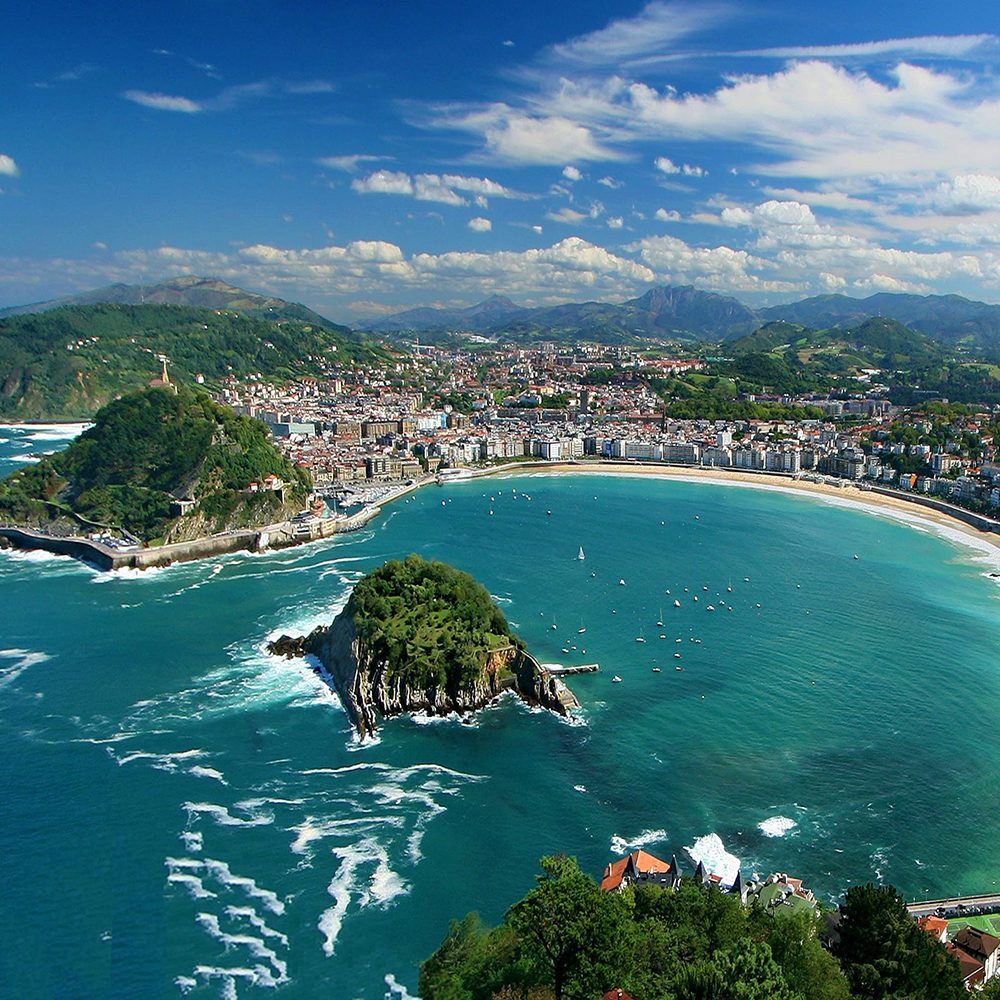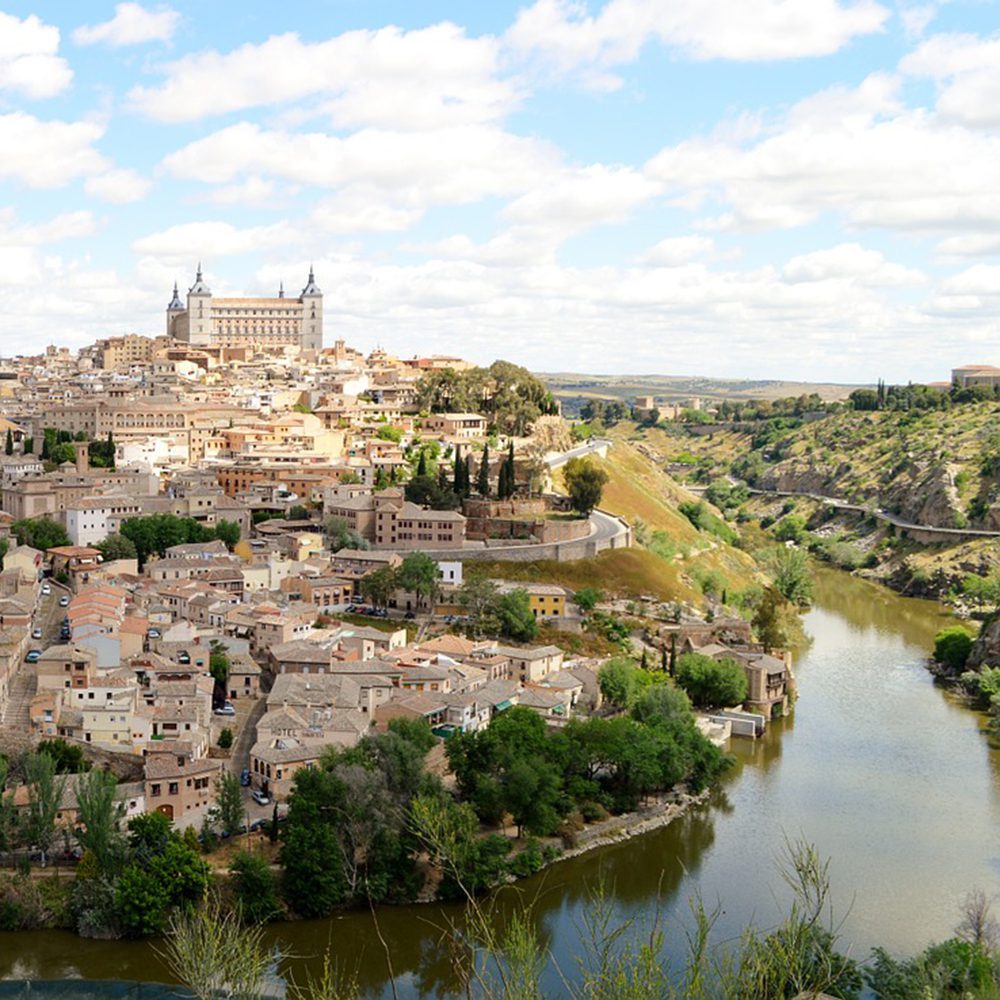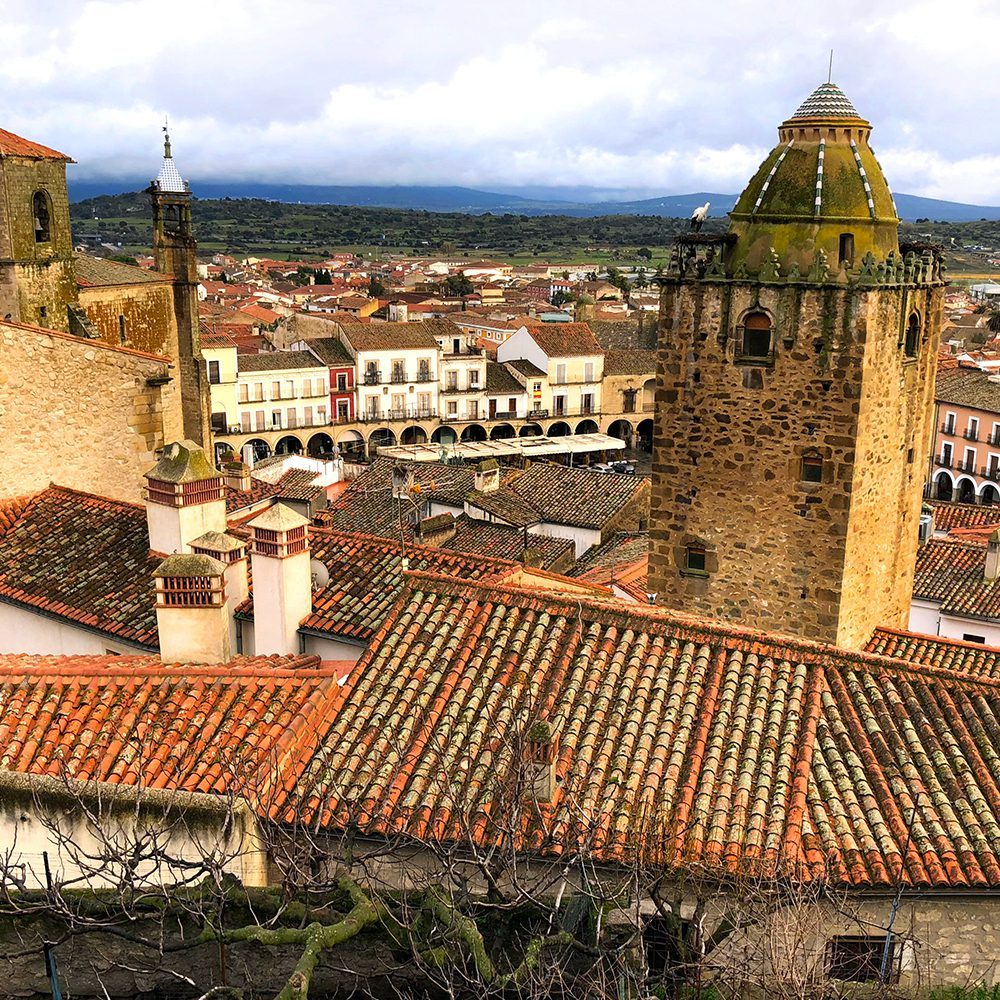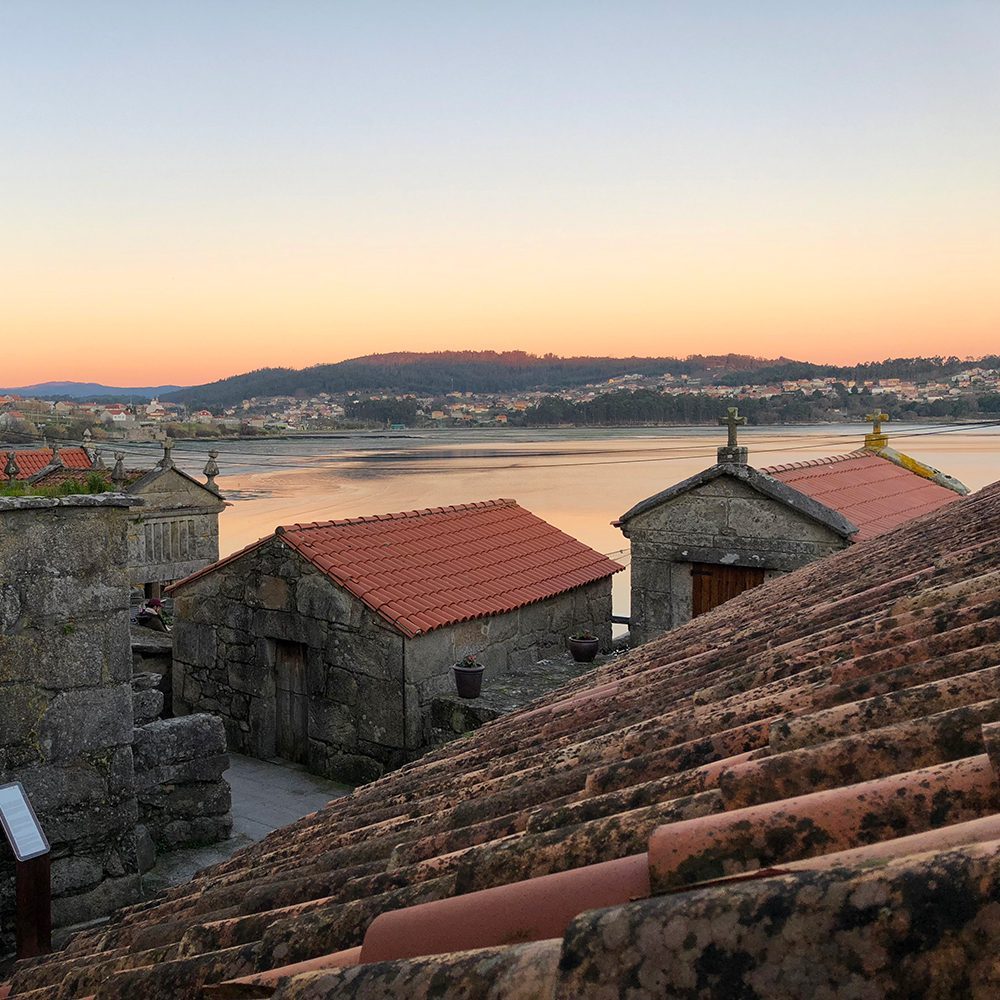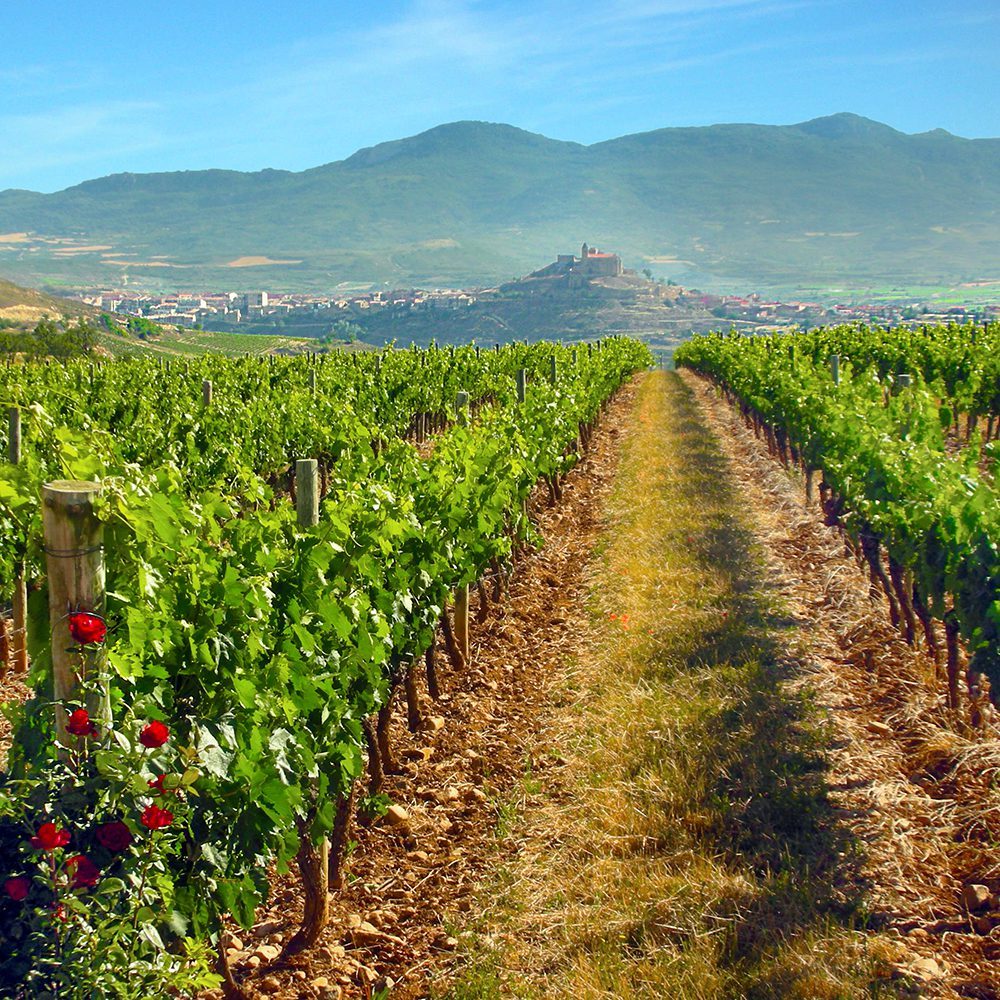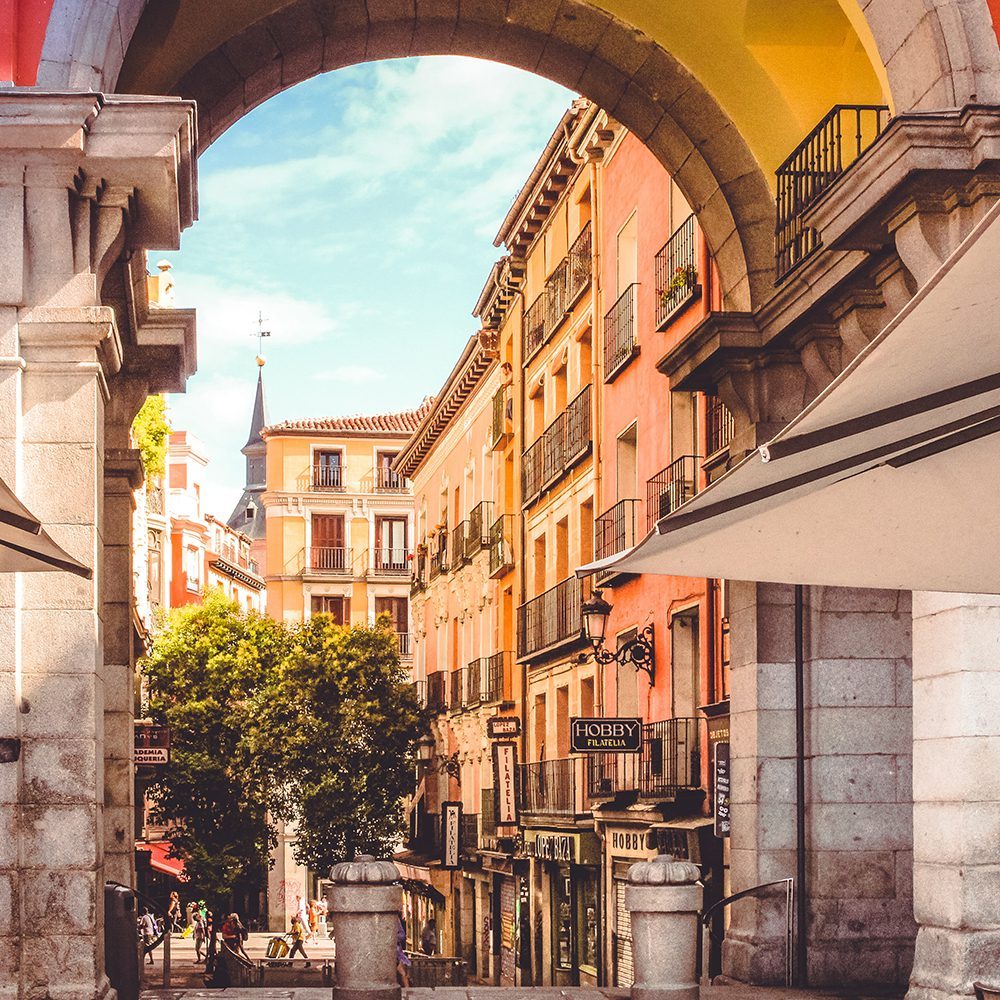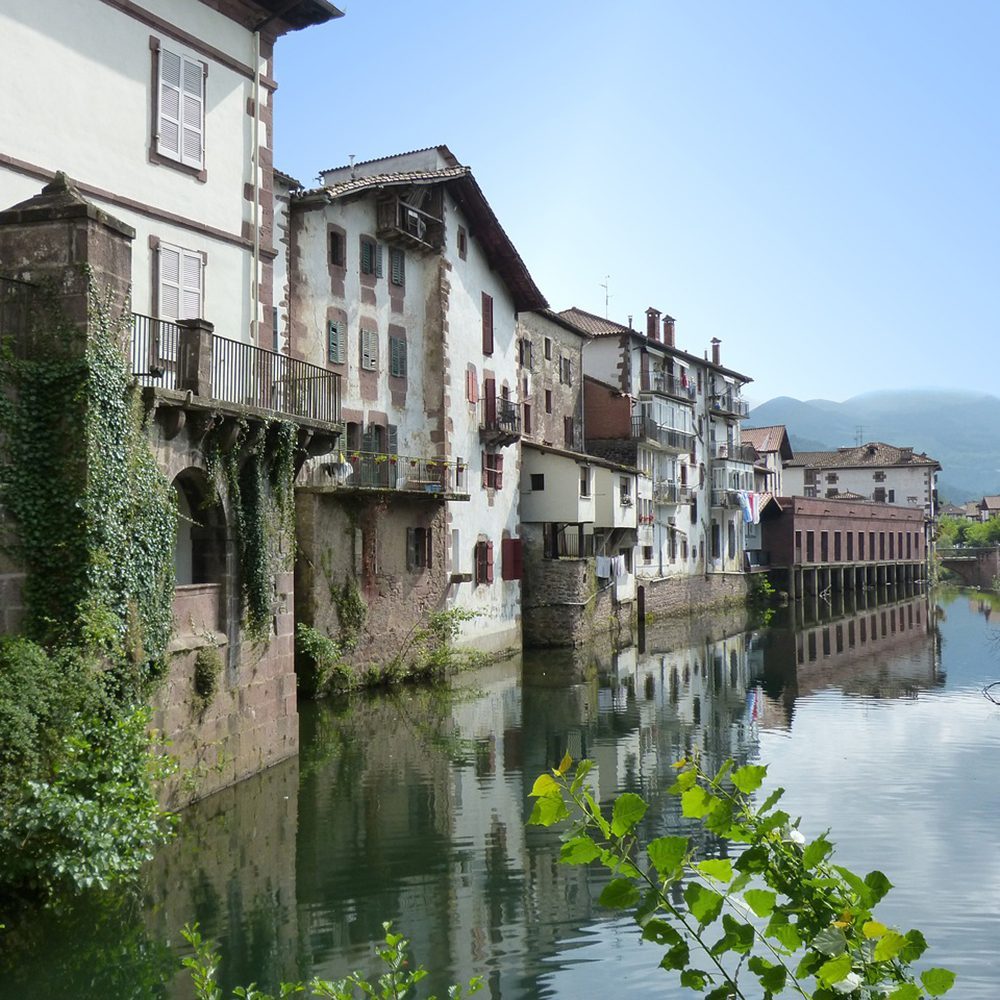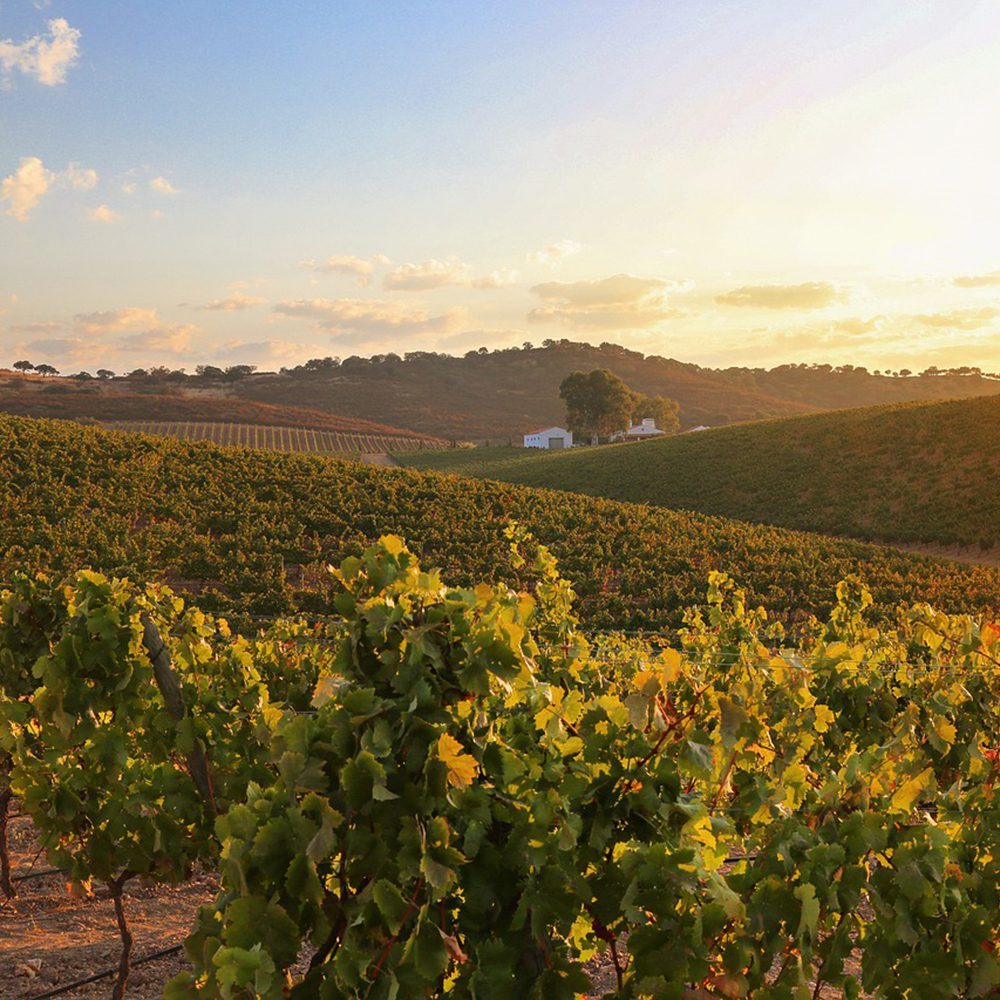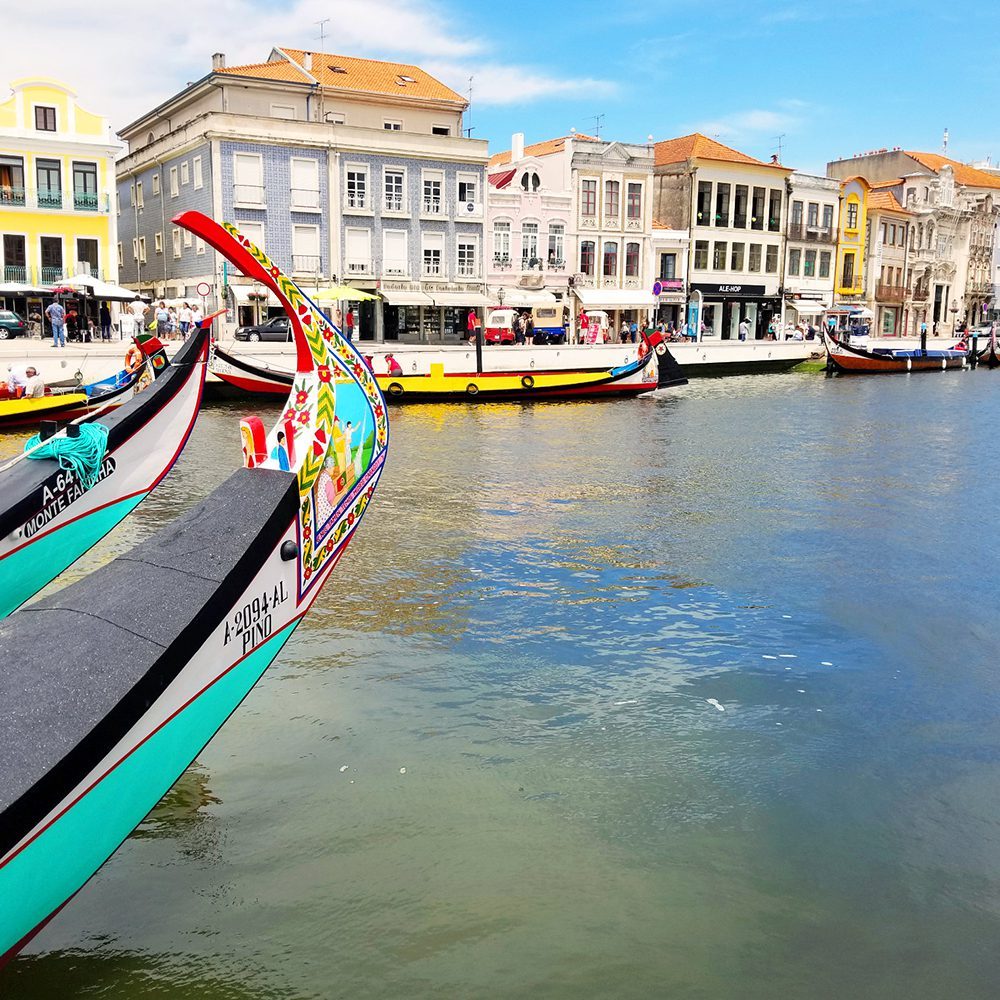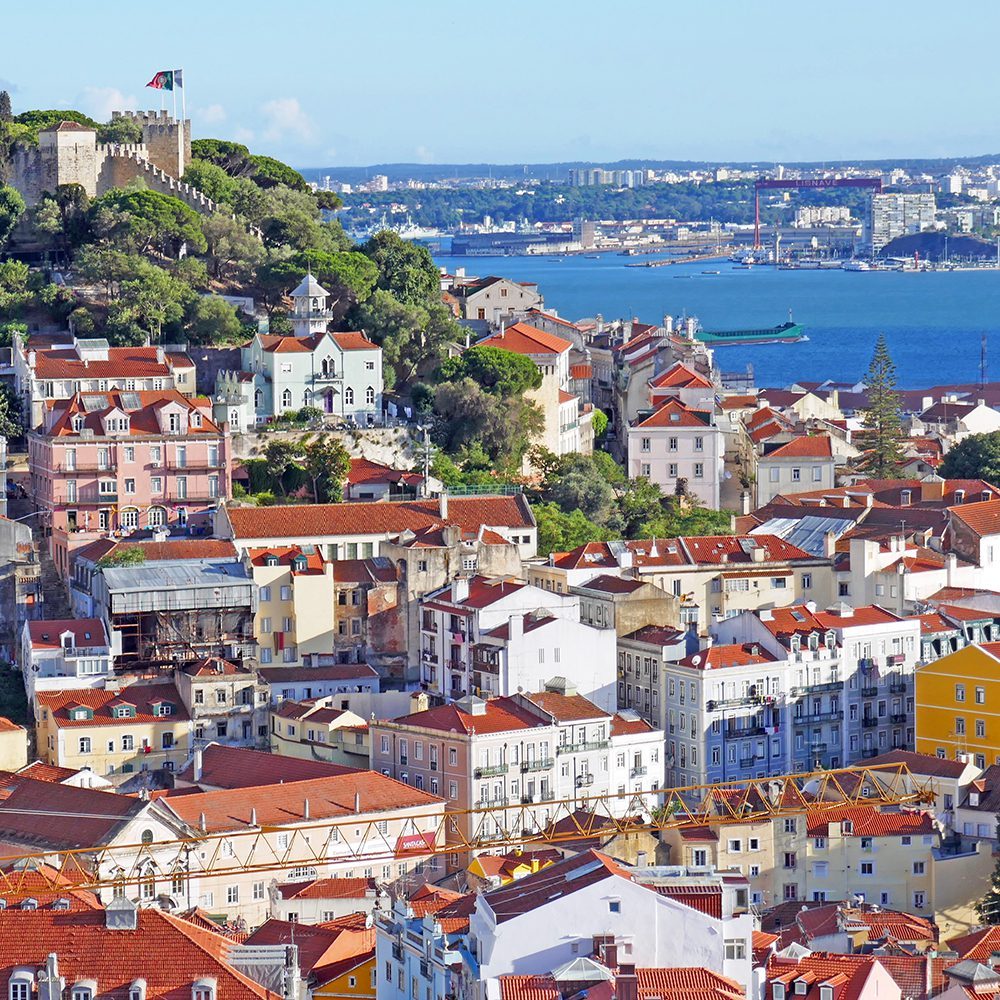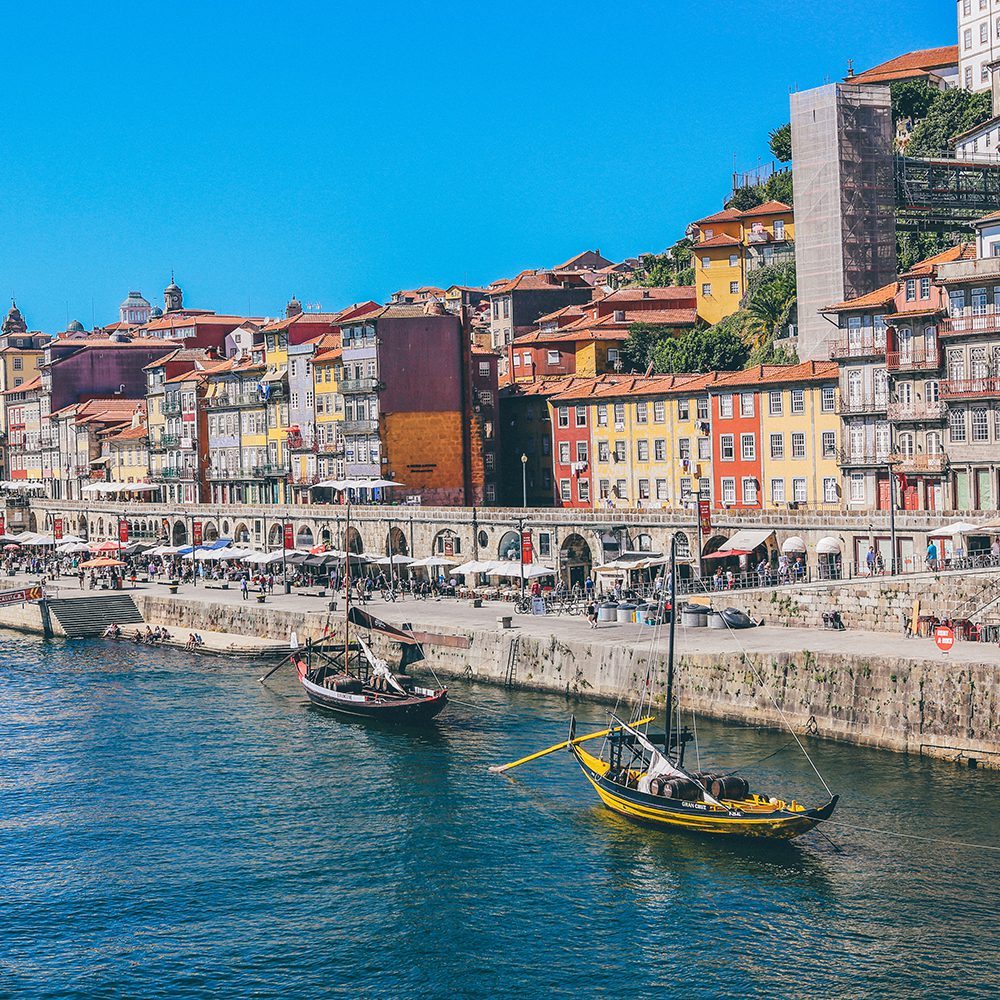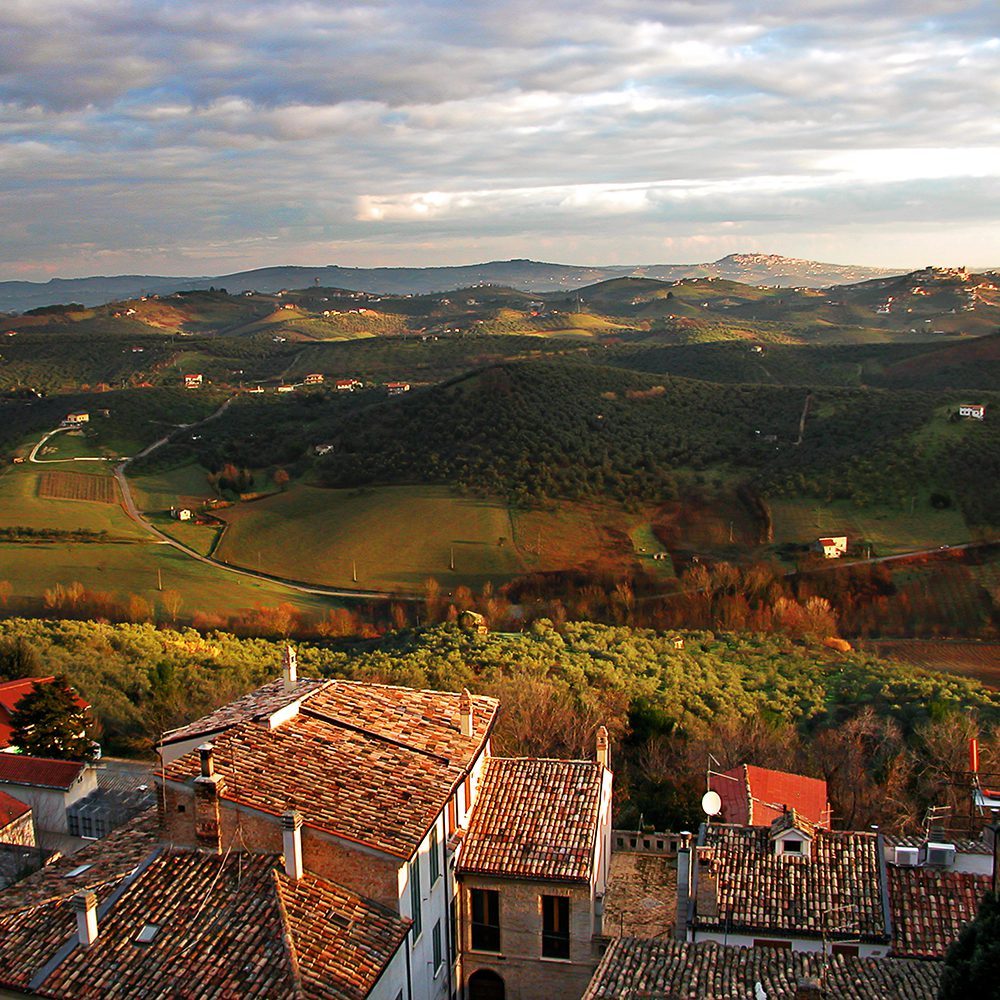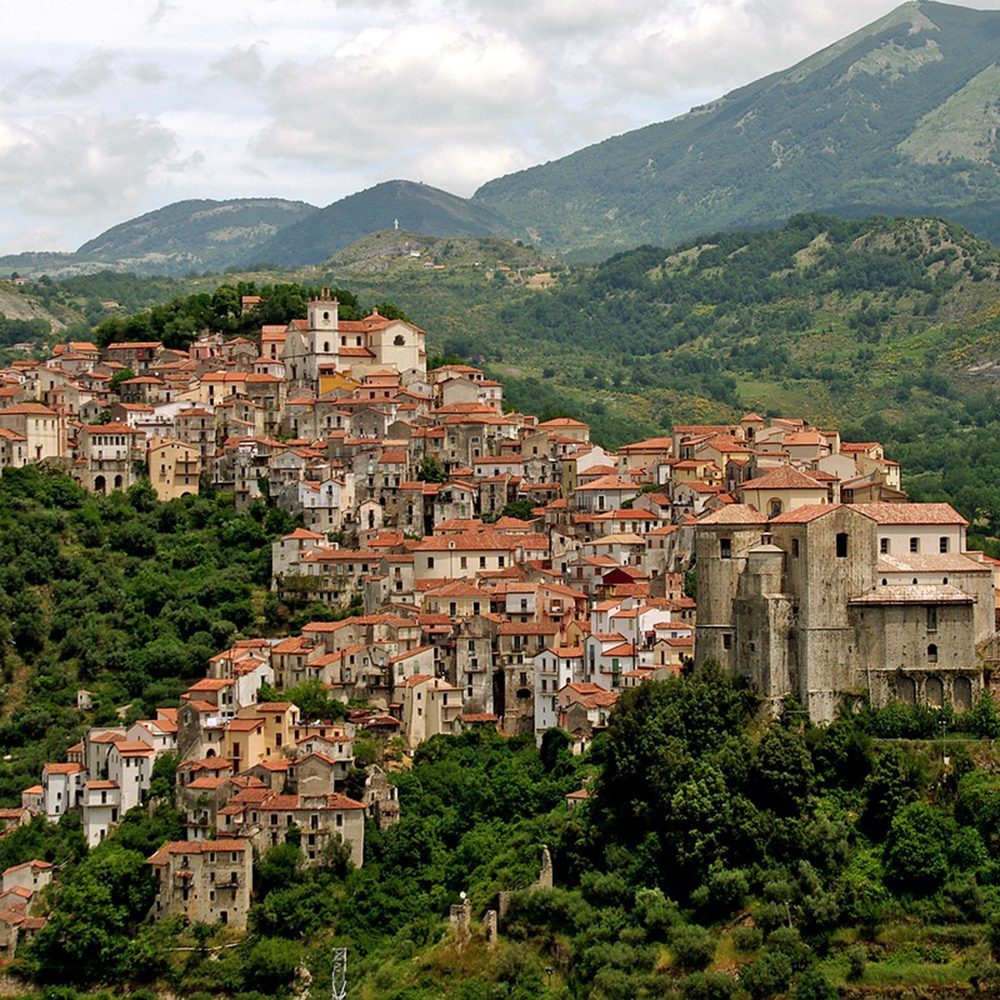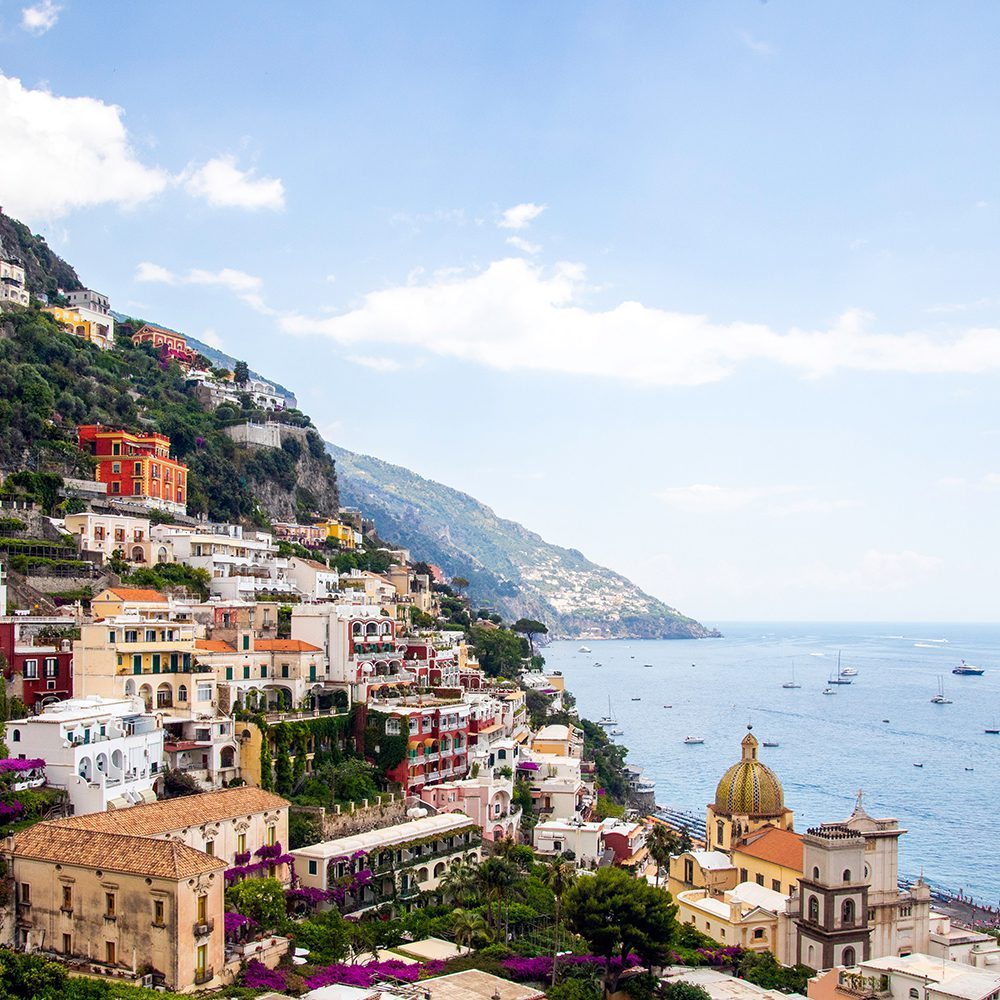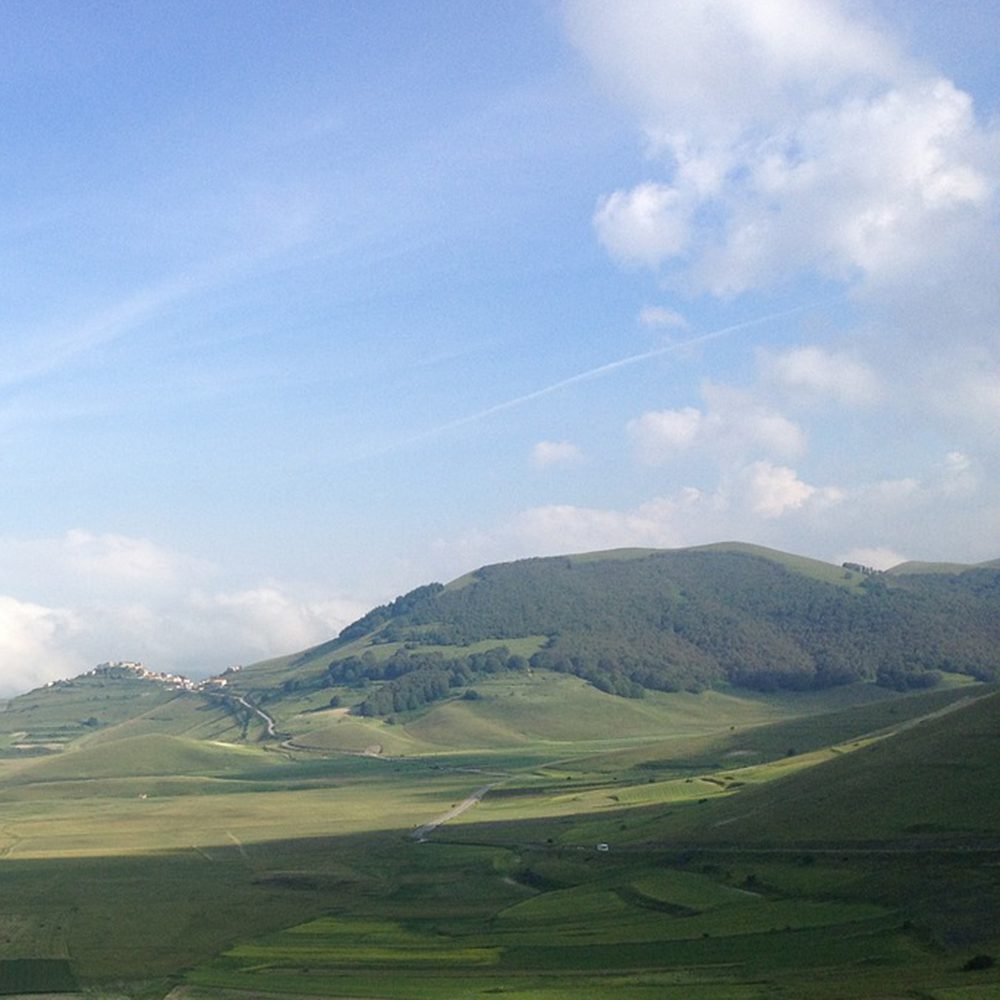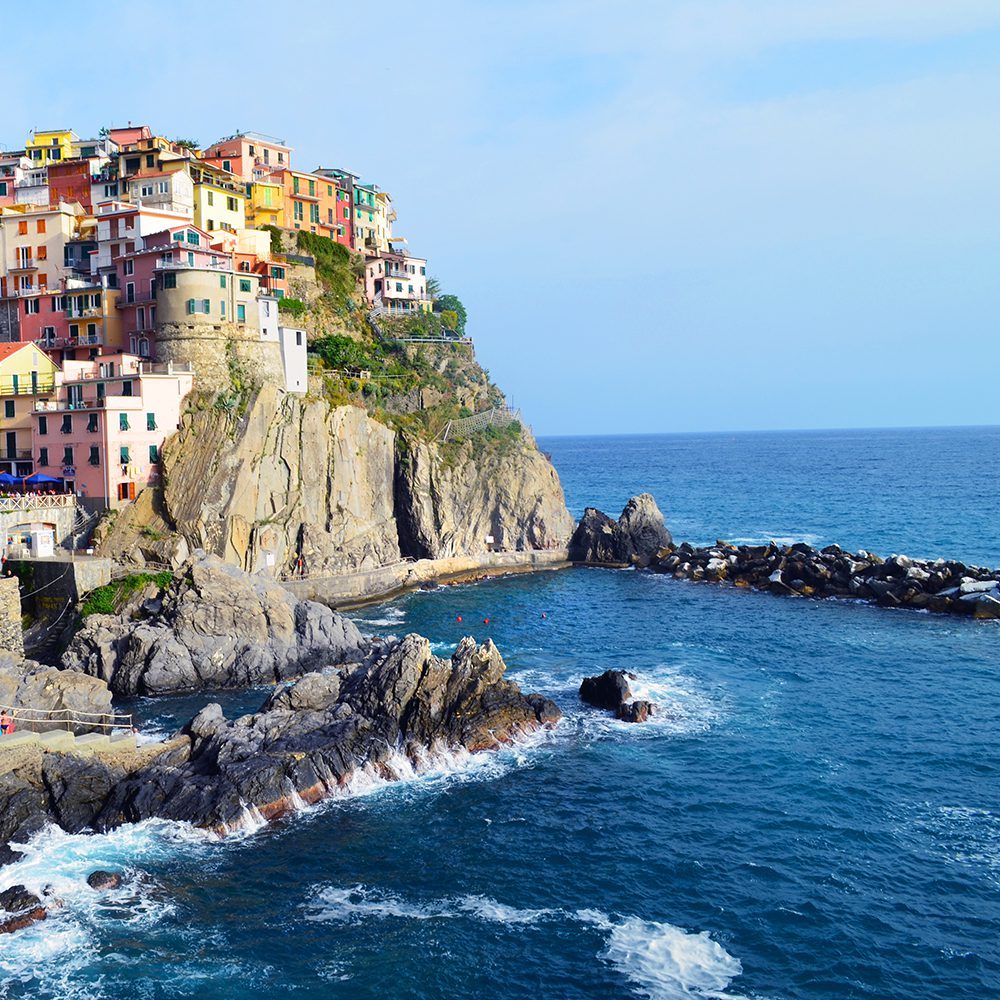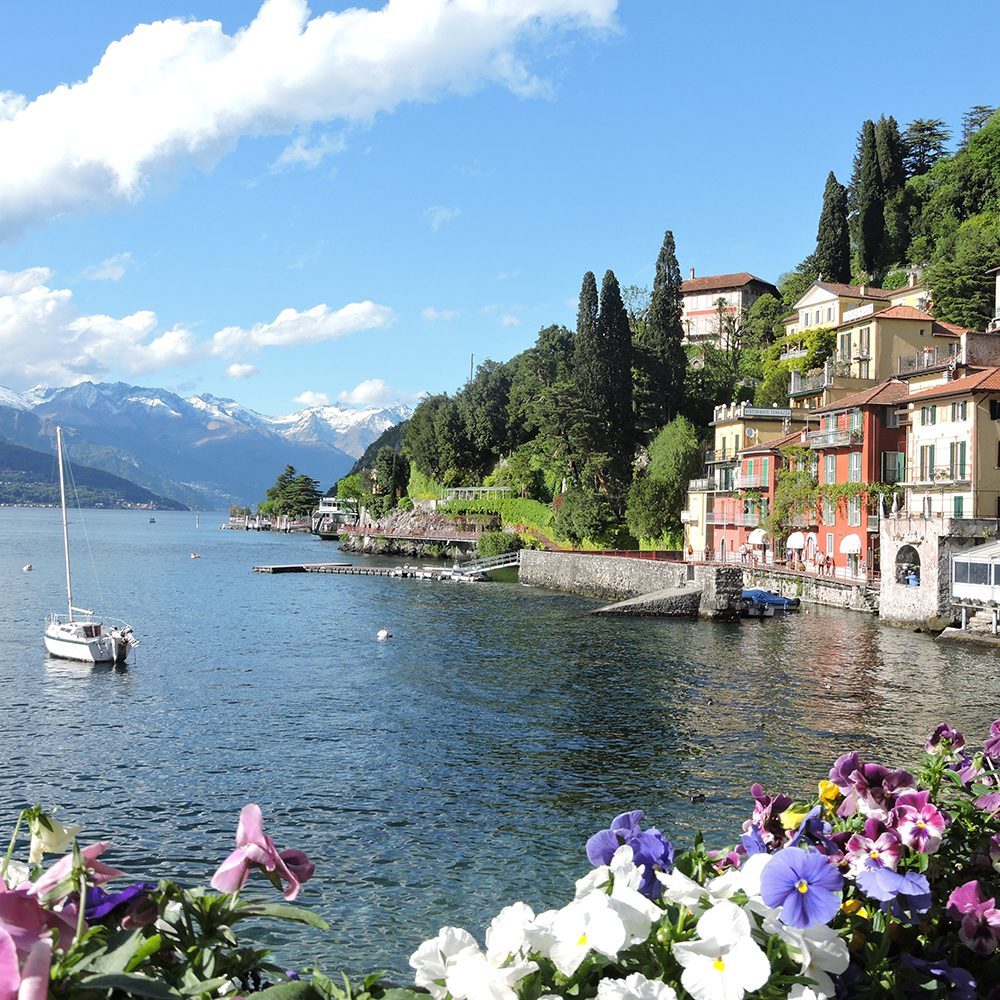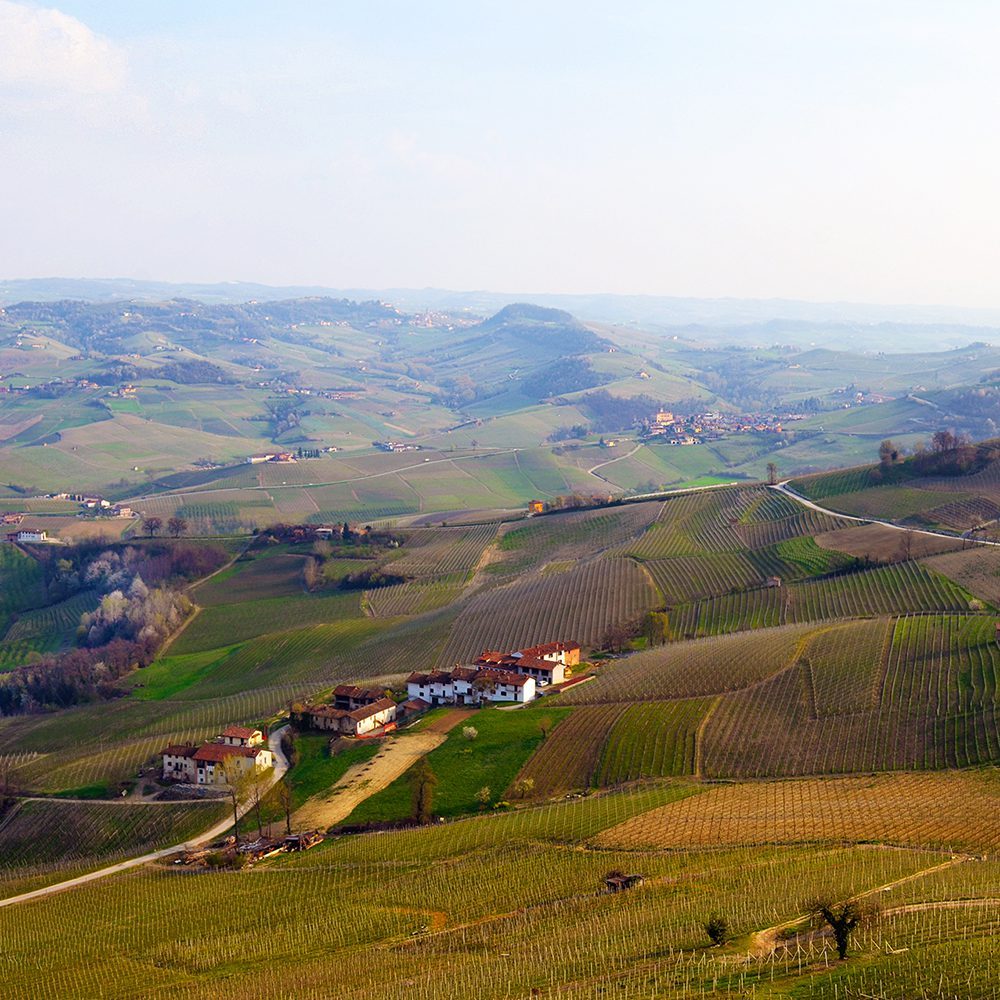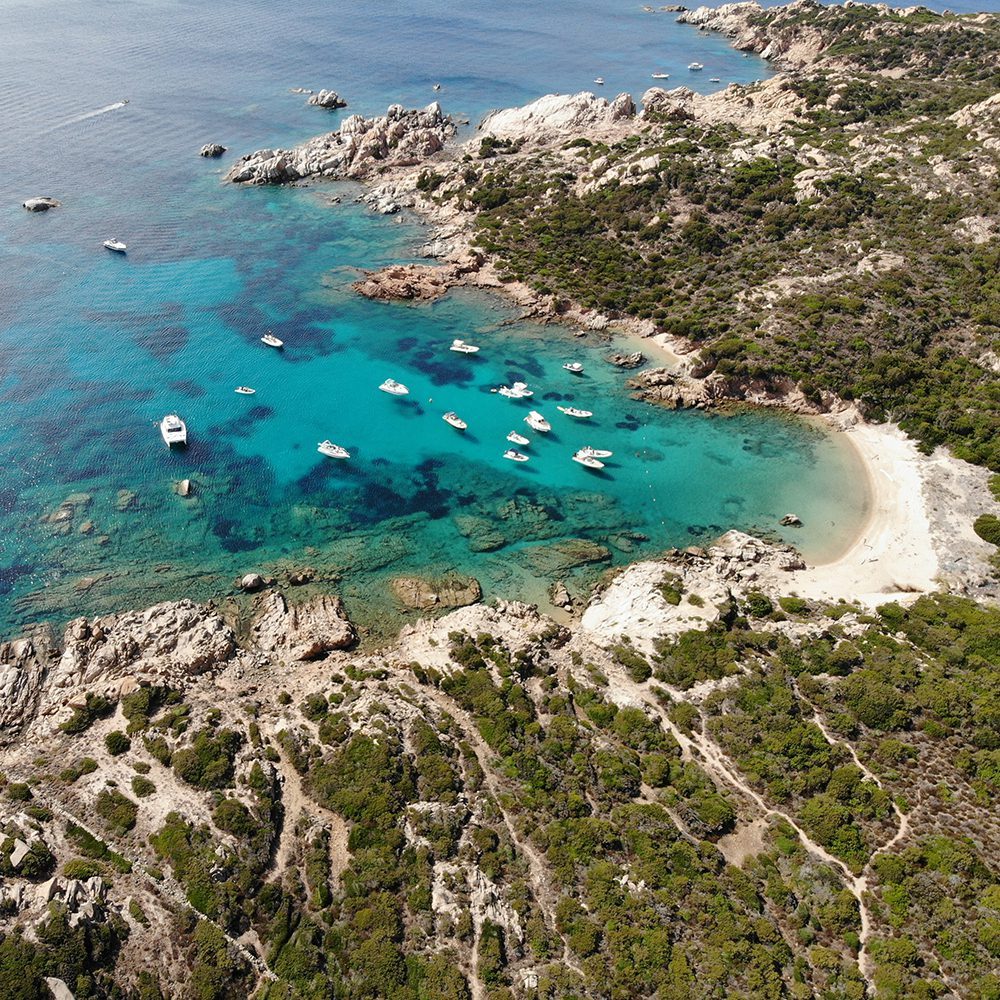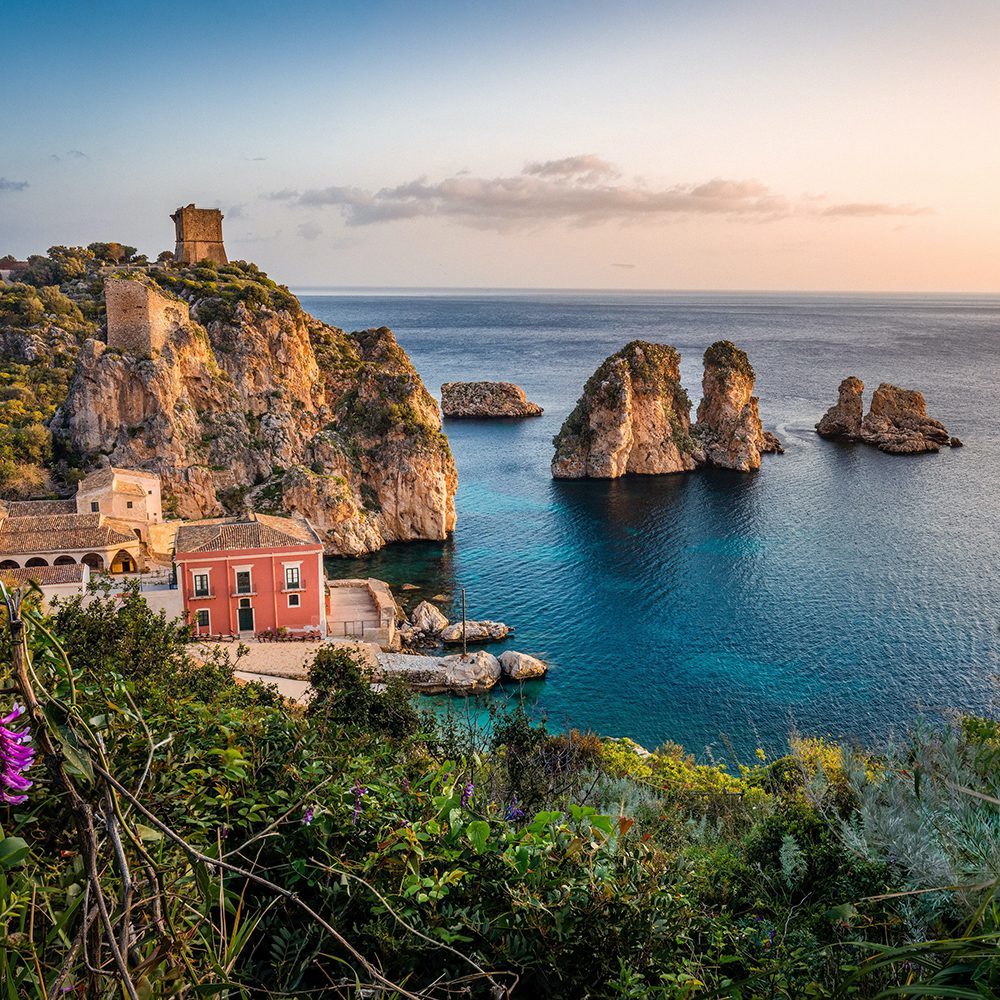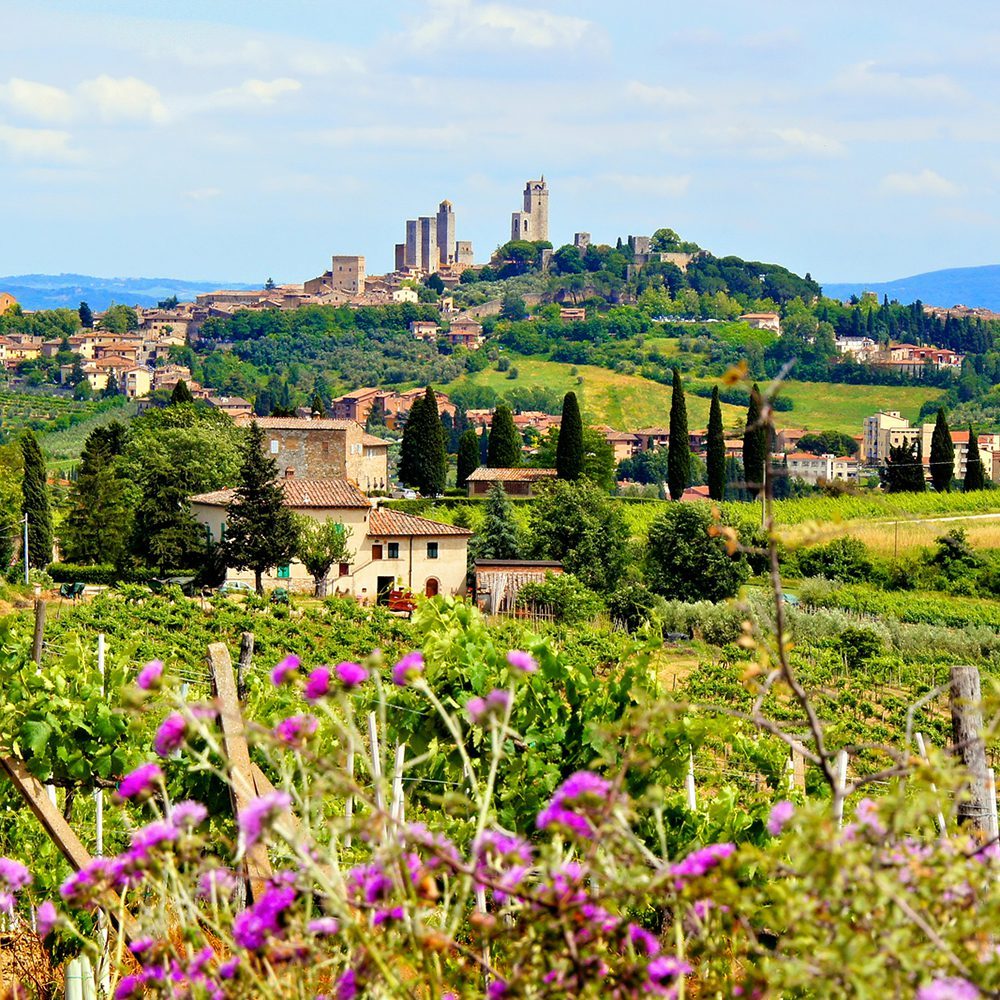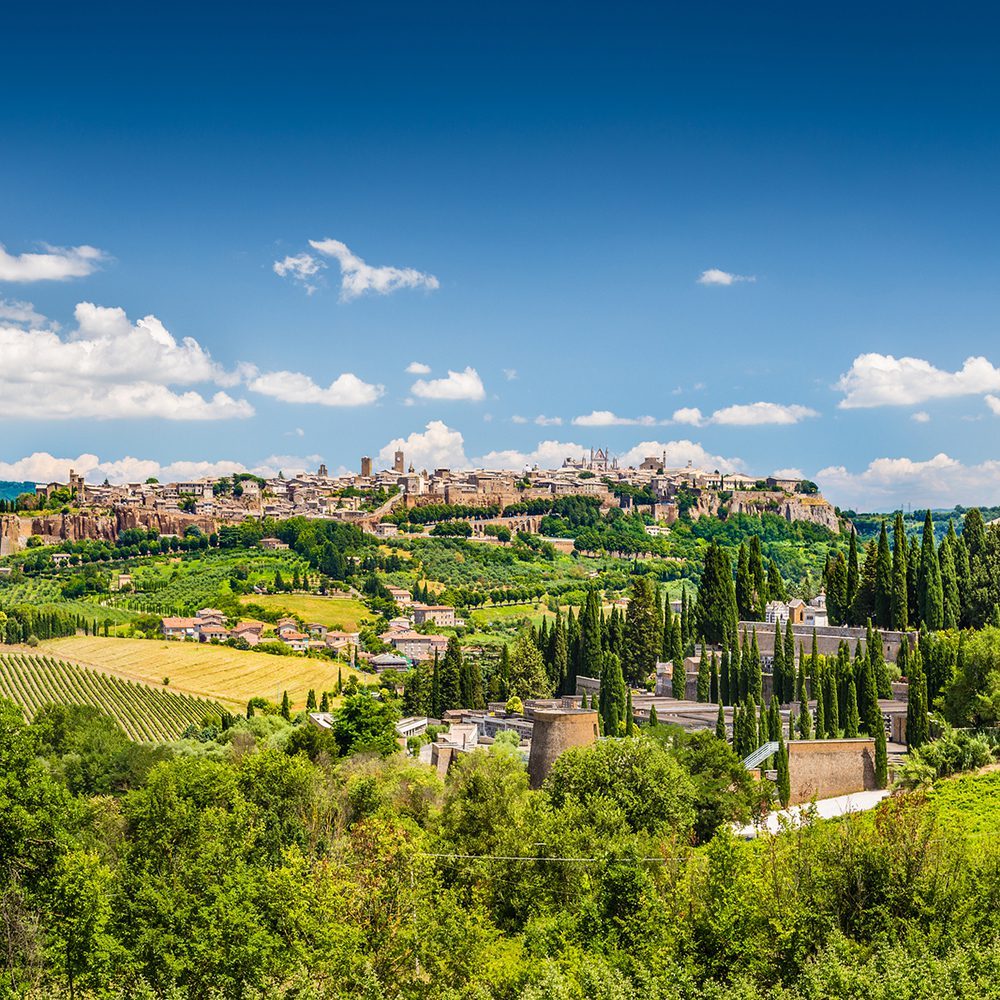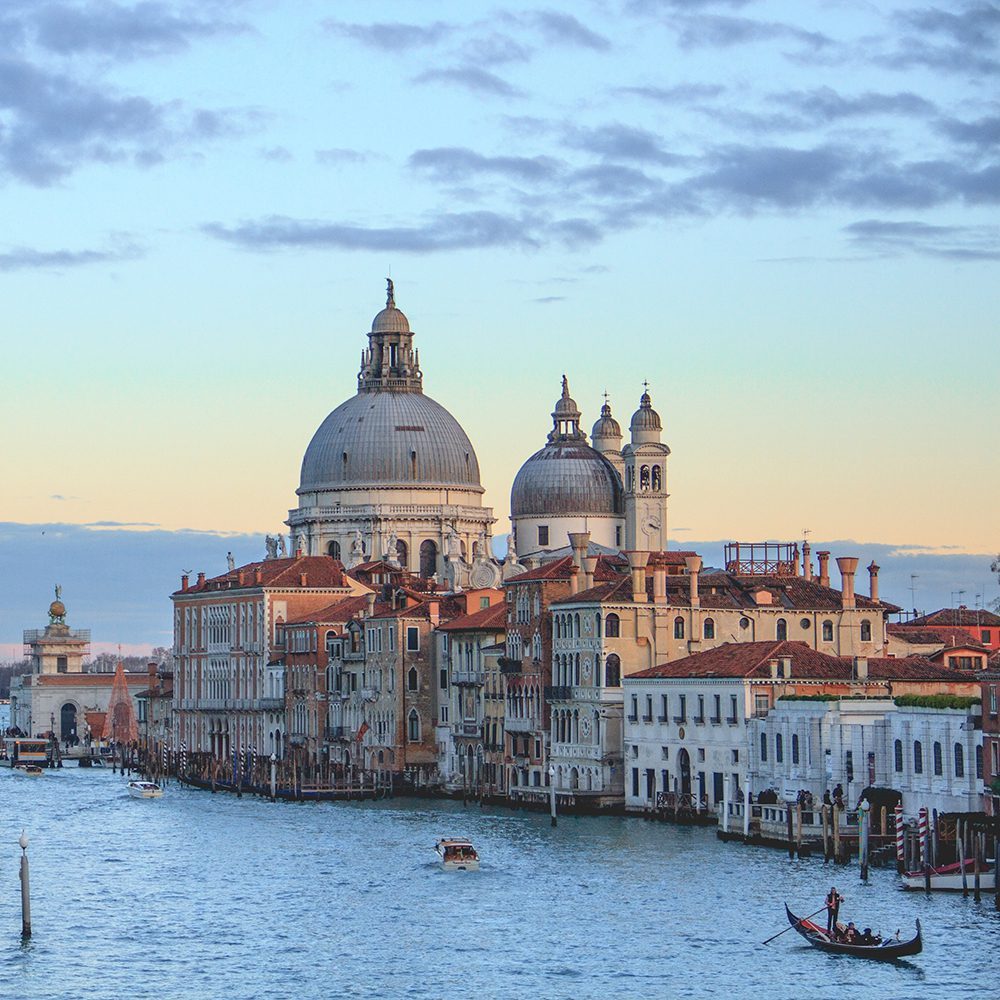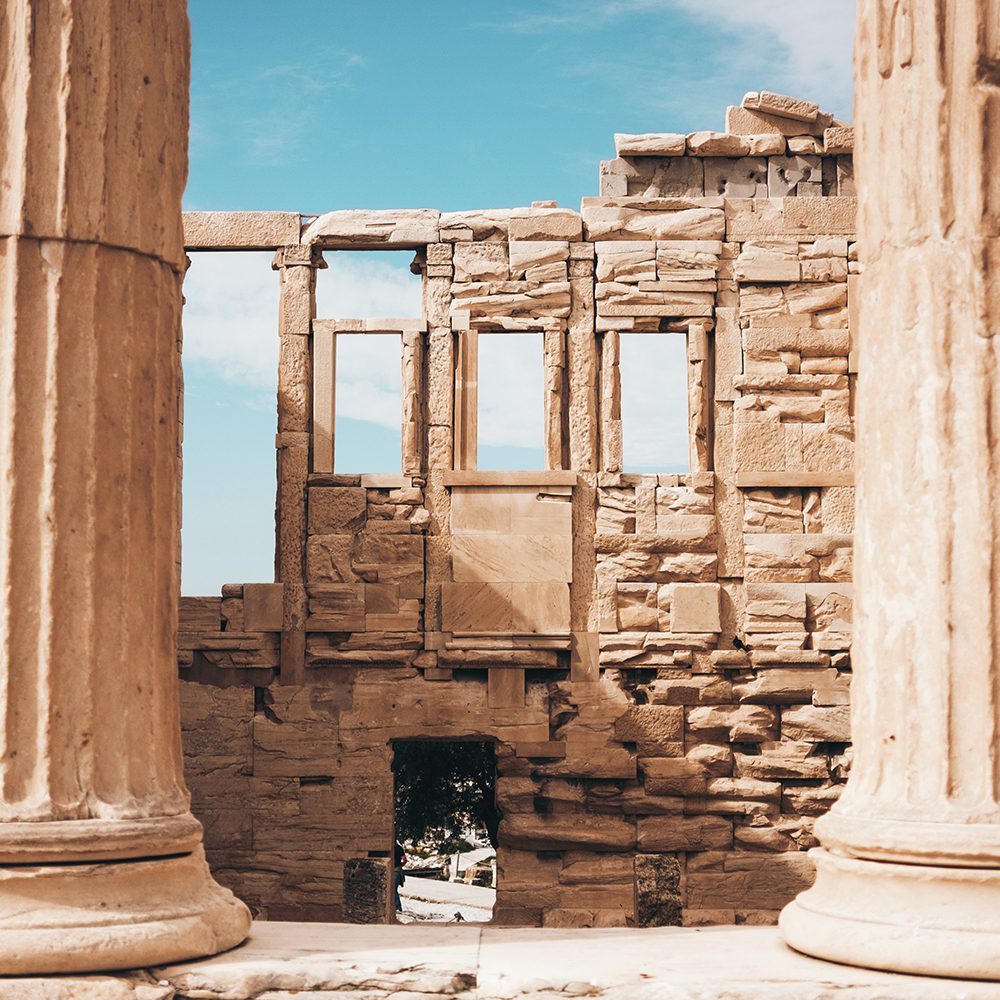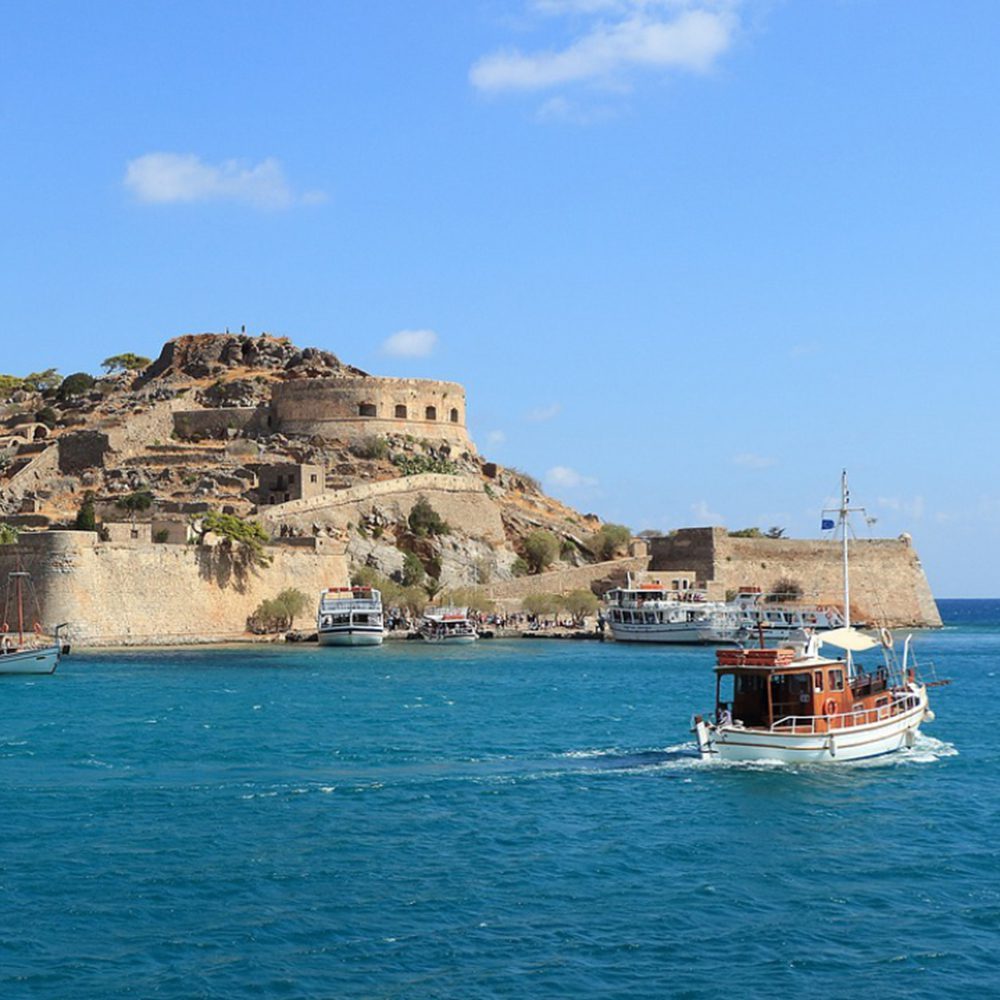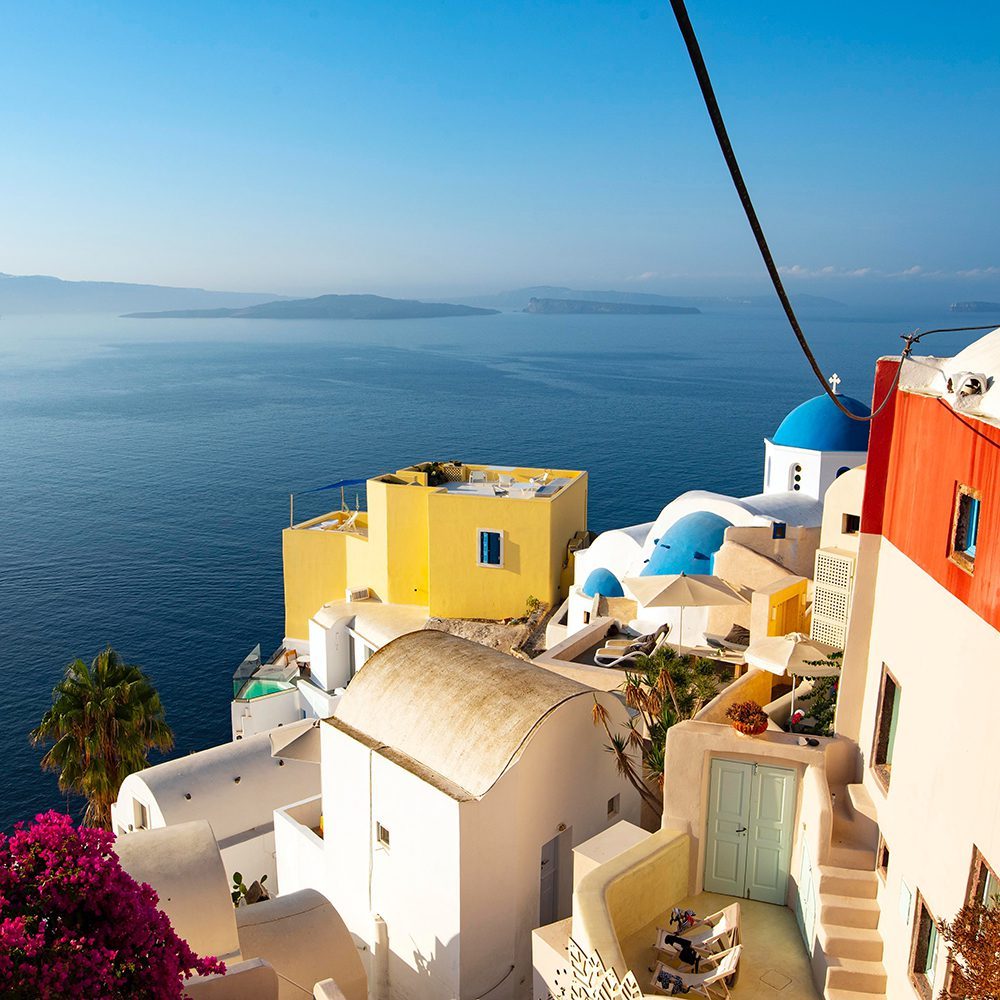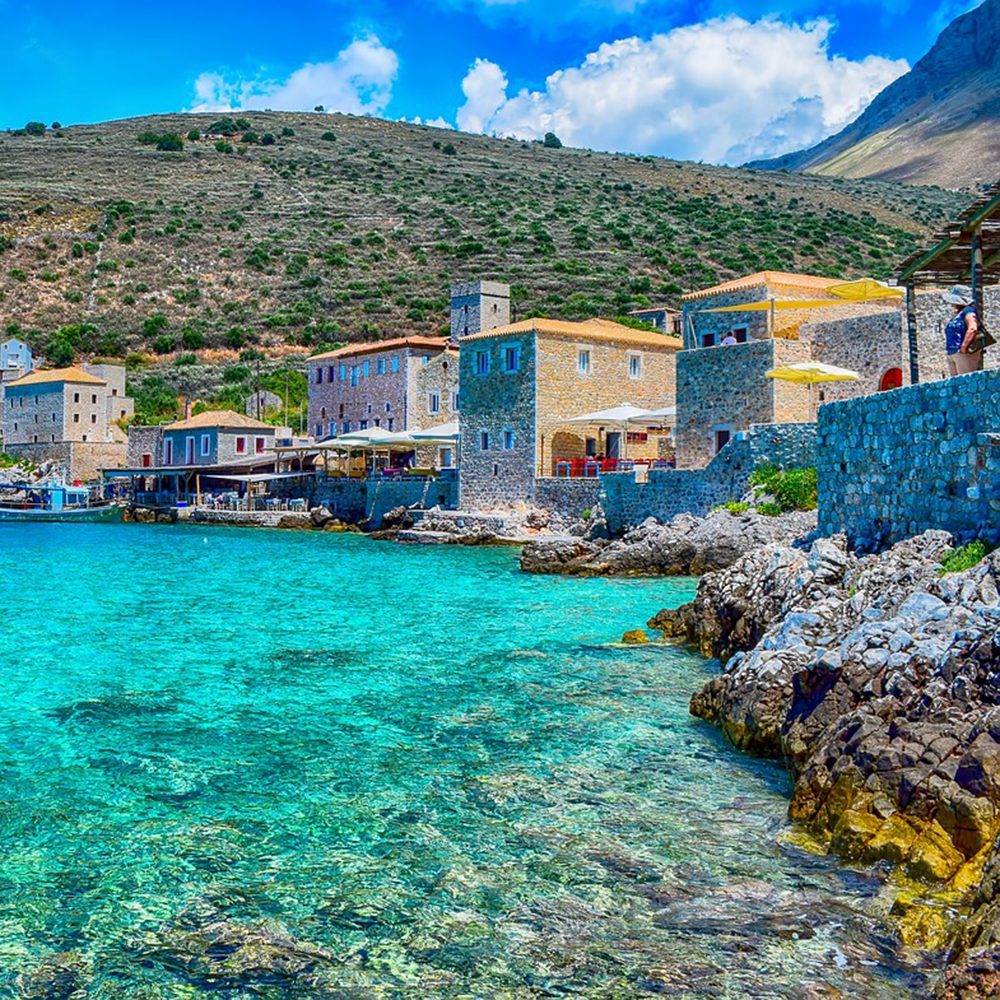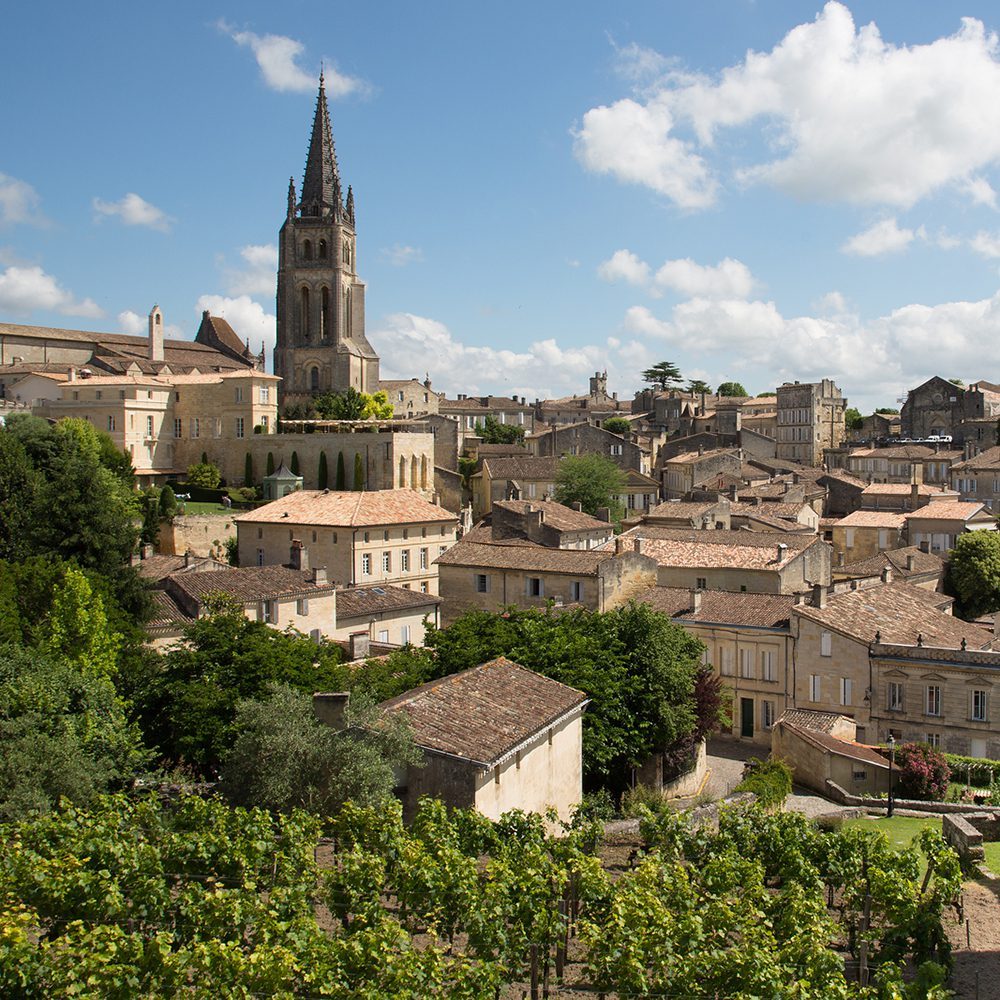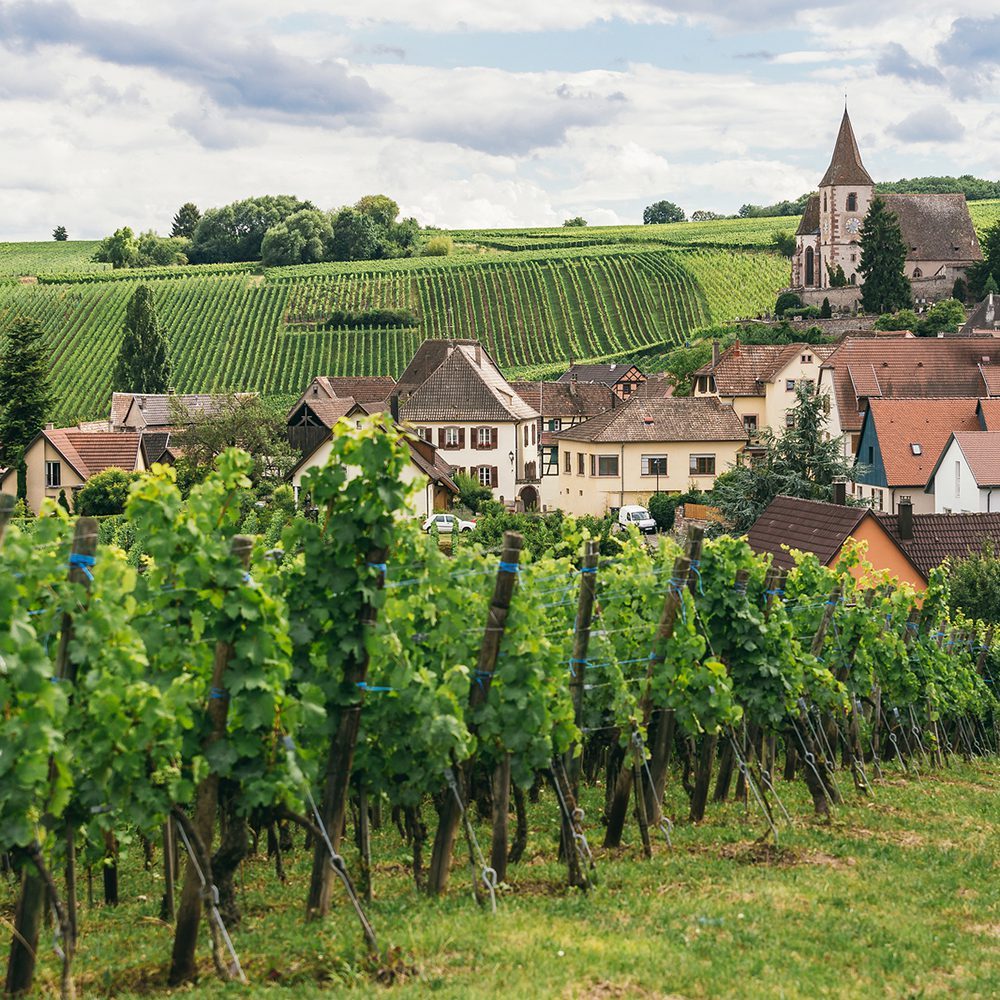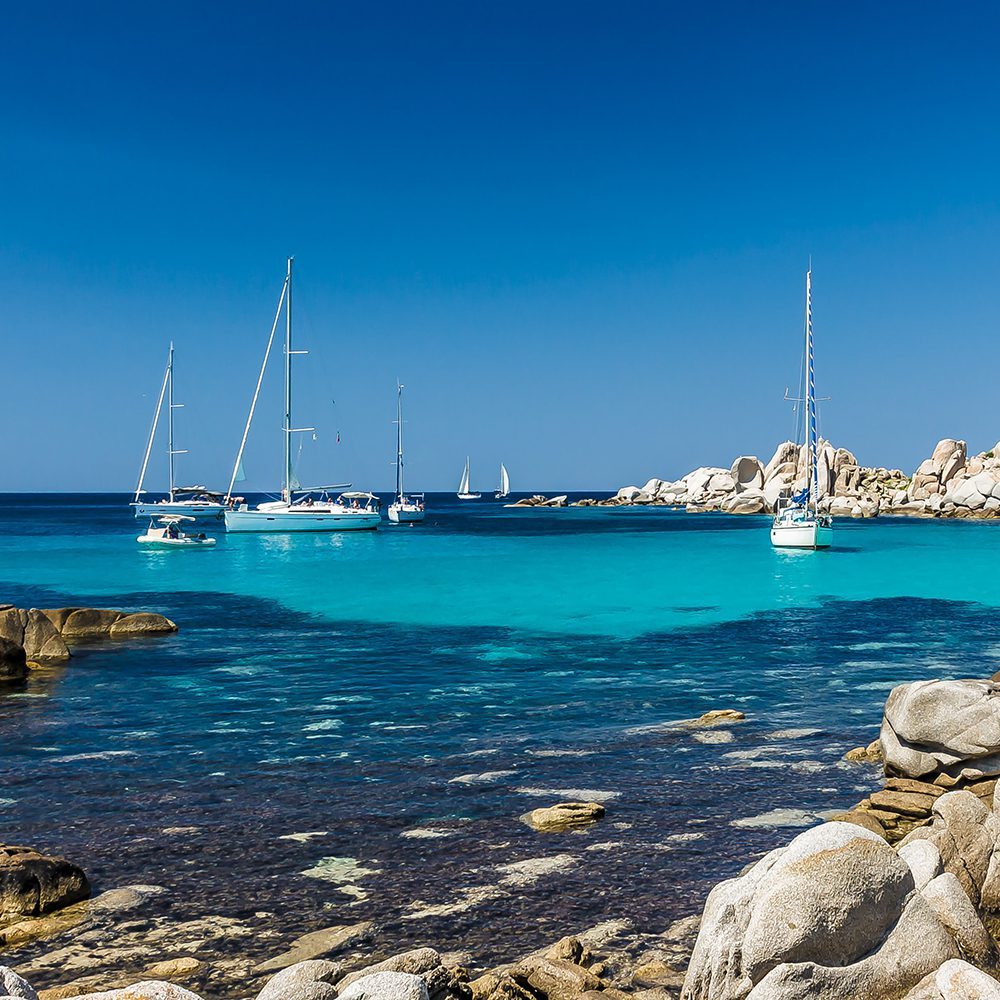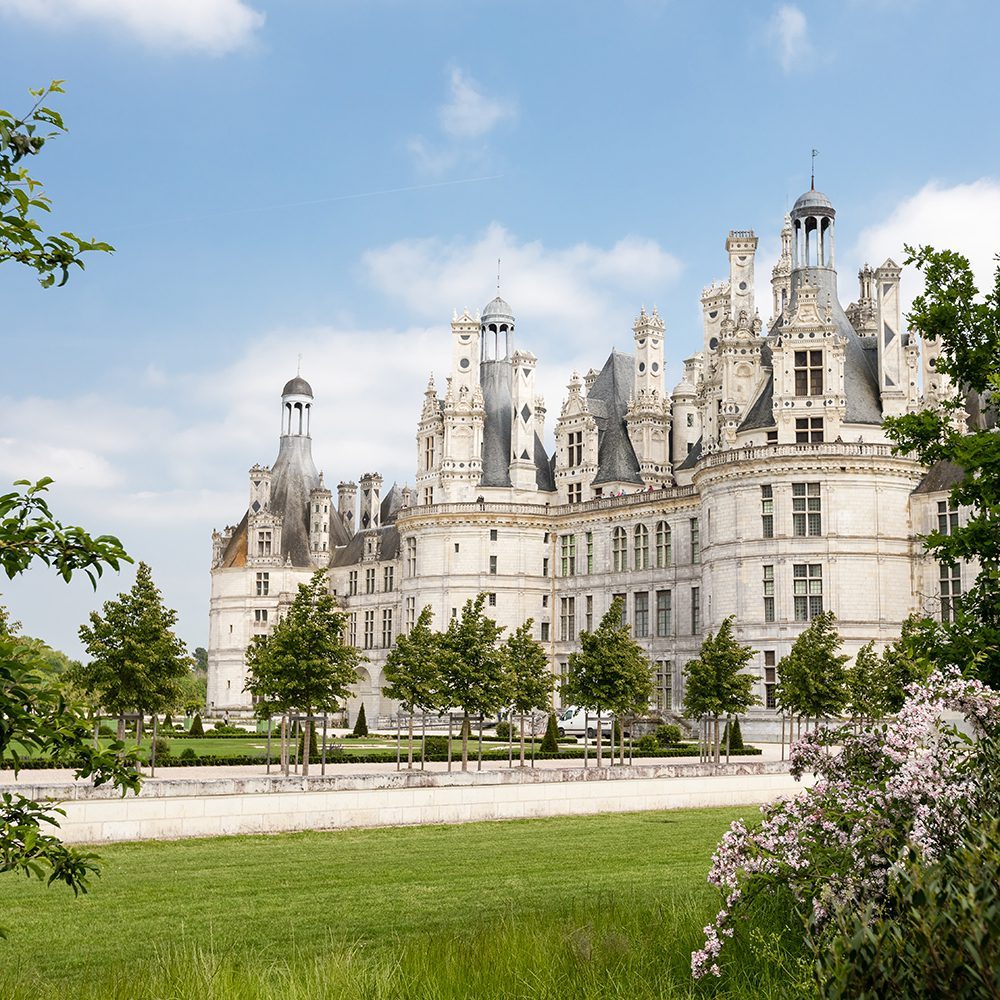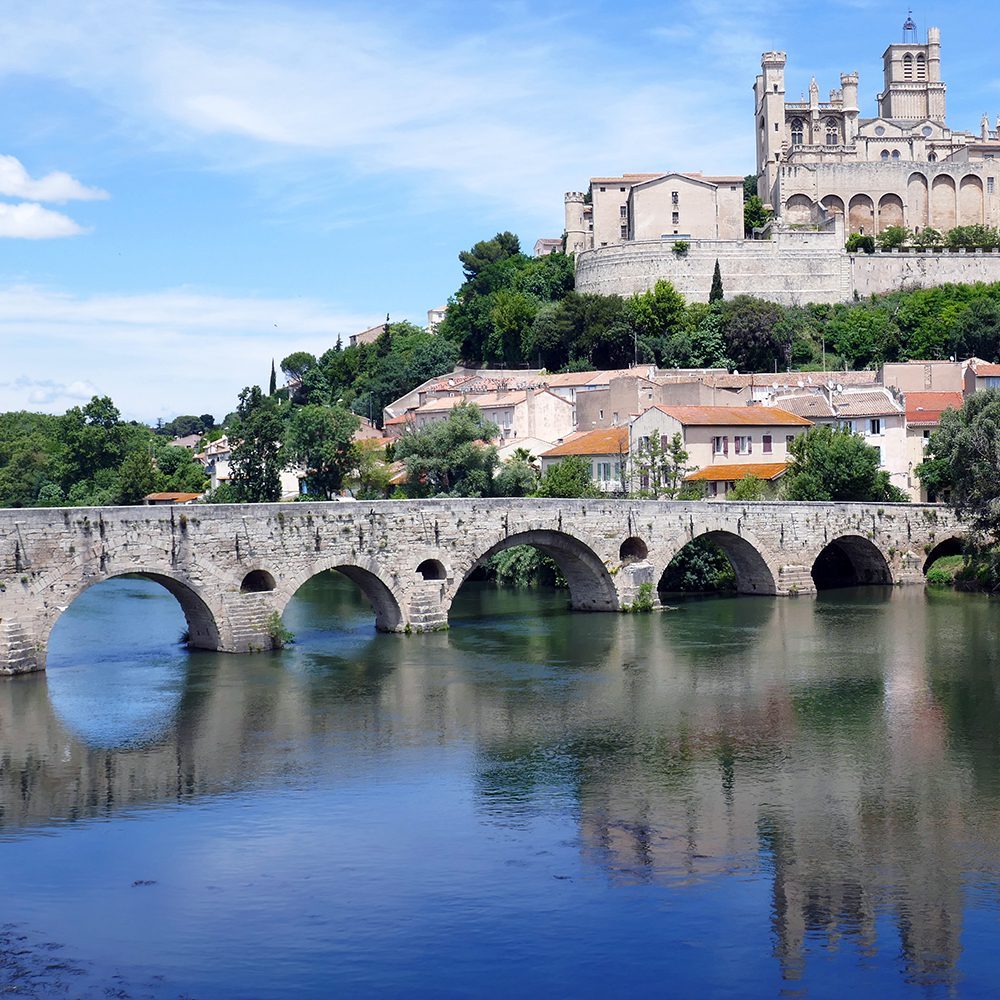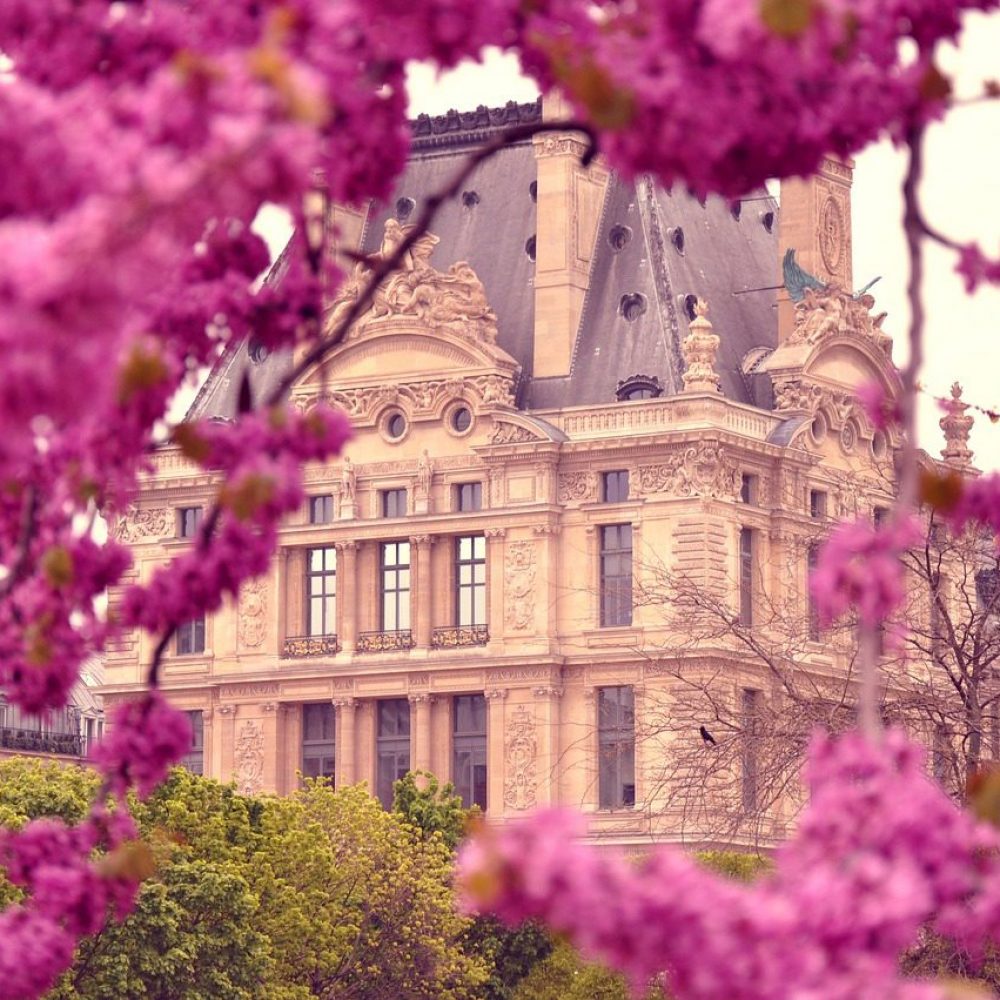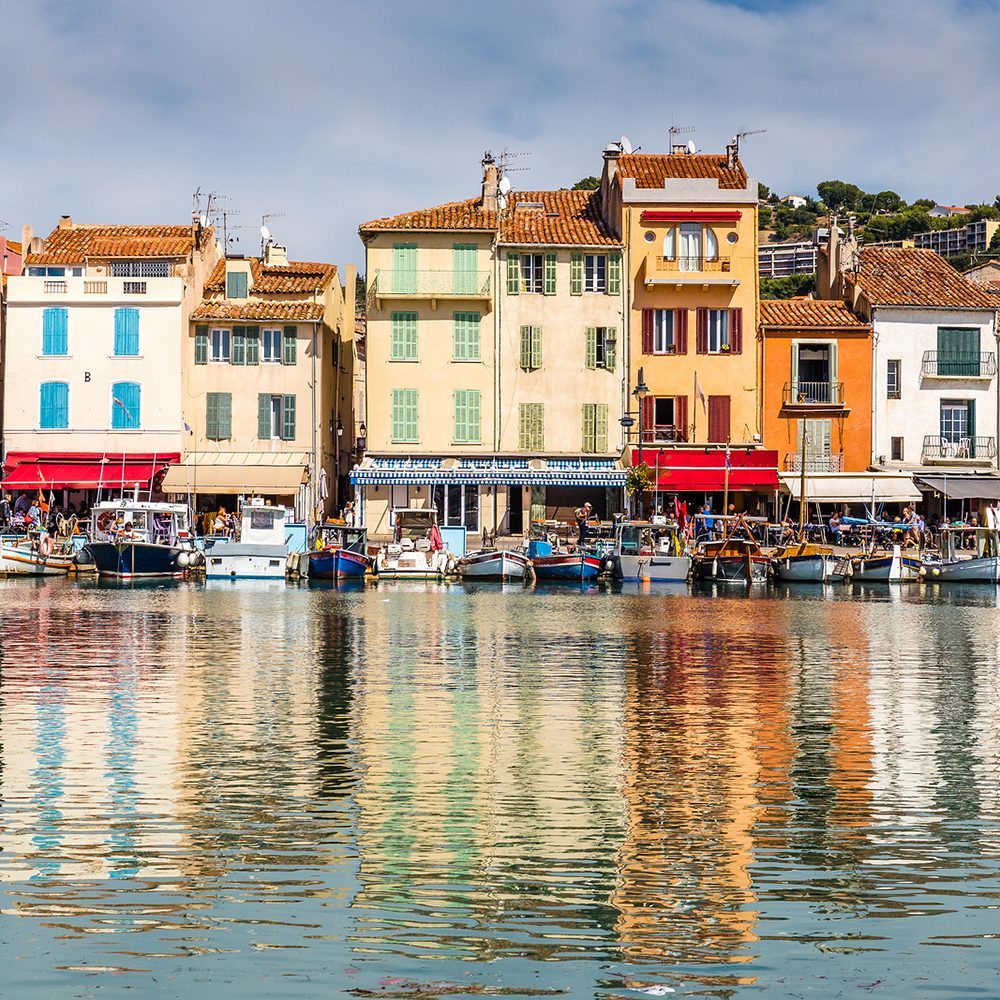Do As The Locals Do: De Chirico in Emilia-Romagna
Do as the locals do by enjoying one of Emilia-Romagna’s upcoming regional events:
GIORGIO DE CHIRICO: A MAJESTIC SILENCE, PAINTINGS FROM 1910-1970
Location: Palazzo Magnani, Reggio Emilia
Dates: March 5th through May 1st, 2011
Why You Should Go: Housed in the 16th century Palazzo Magnani of Reggio Emilia, the exhibit boasts an impressive 60 paintings and 20 sketches from the 20th century master surrealist and father of the Metaphysical art movement, Giorgio de Chirico. Dreamscapes of time suspended through metaphysical imagery, calling to mind the past intertwined perpetually with the present, De Chirico’s works were a stark, moody departure from the light and motion fueled imagery of the Impressionists. A paragon of early and late Surrealism, De Chirico was able to influence and inspire his contemporaries along with an entirely new generation of Cubist and Futurist artists, while still able to define his distinct voice amidst a sea of modern movements swirling around him. Powerfully able to realize the unconscious mind through the majestic, isolated landscapes of idealized Italian cities suspended in time, and through the usage of classical iconography, architectural elements and bold color, De Chirico’s reach transcended the world of painting to influence giants of literature and cinema as well. The epic Italian film director Michelangelo Antonioni is said to have been inspired by the haunting, sparse quality of De Chirico’s works, while Sylvia Plath alluded to his influence through her ability to introduce themes of Surrealism and the unconscious voice of the inner self, into her poetry.
The exhibit features a number of the artist’s early 1900 metaphysical masterpieces, such as La Grande Tour, The Enigma of Departure and The Temple of Apollo at Delphi, with works from later periods in his career, like Cavalli In Riva Al Mare and Gladiators, also on display. A comprehensive foray into the life and works of one of Italy’s greatest 20th century artists, the exhibit is sure to be appreciated by both those familiar with and new to De Chirico’s iconic, powerful style.
